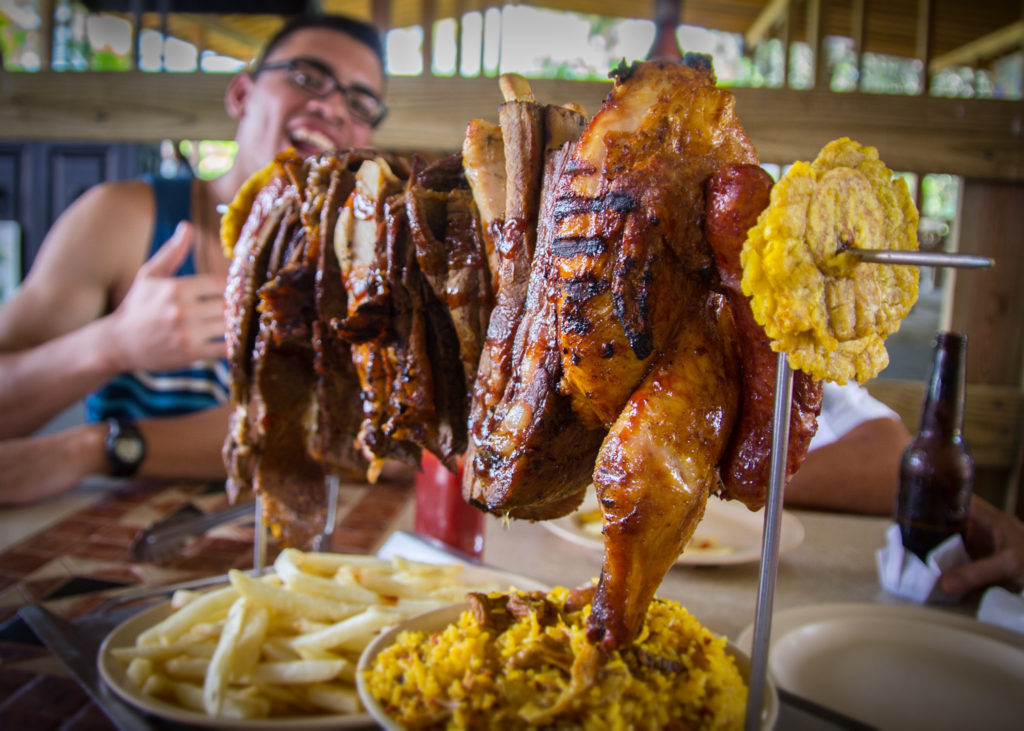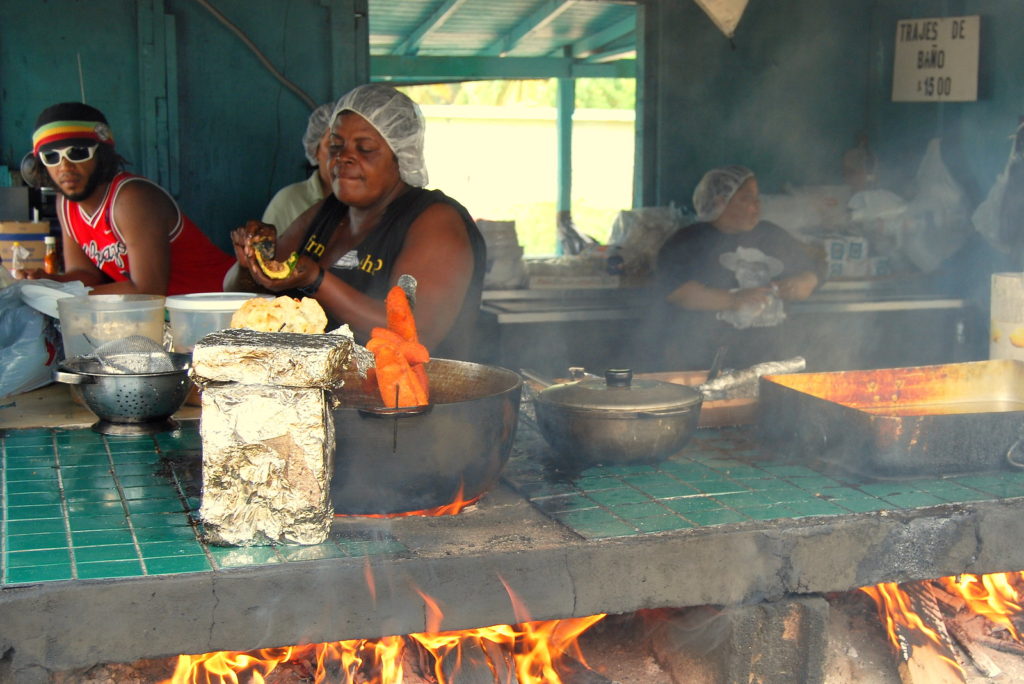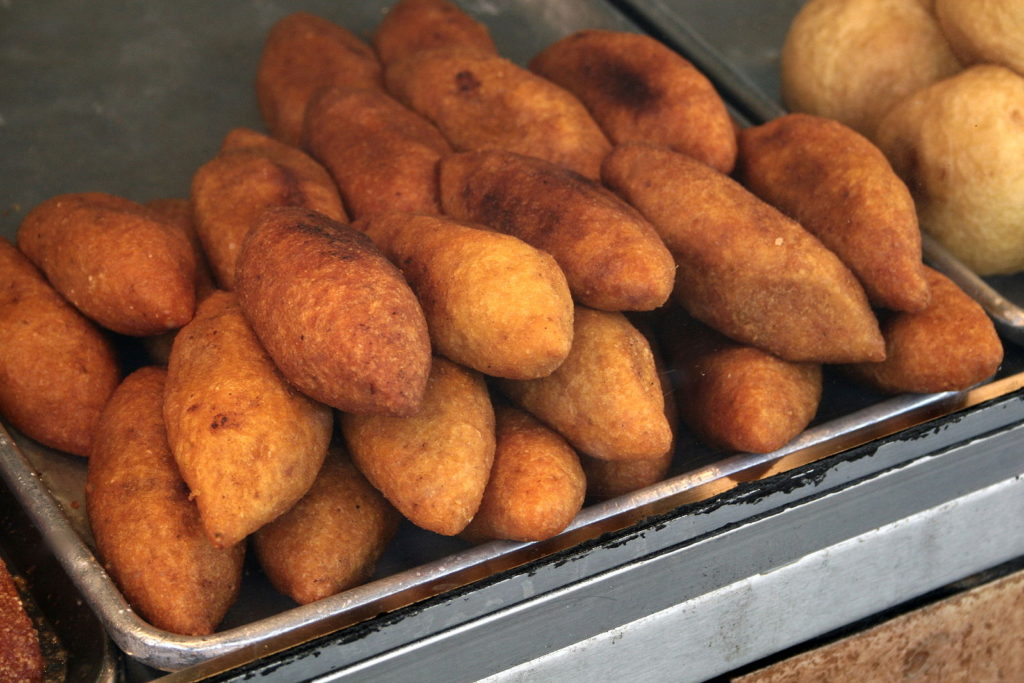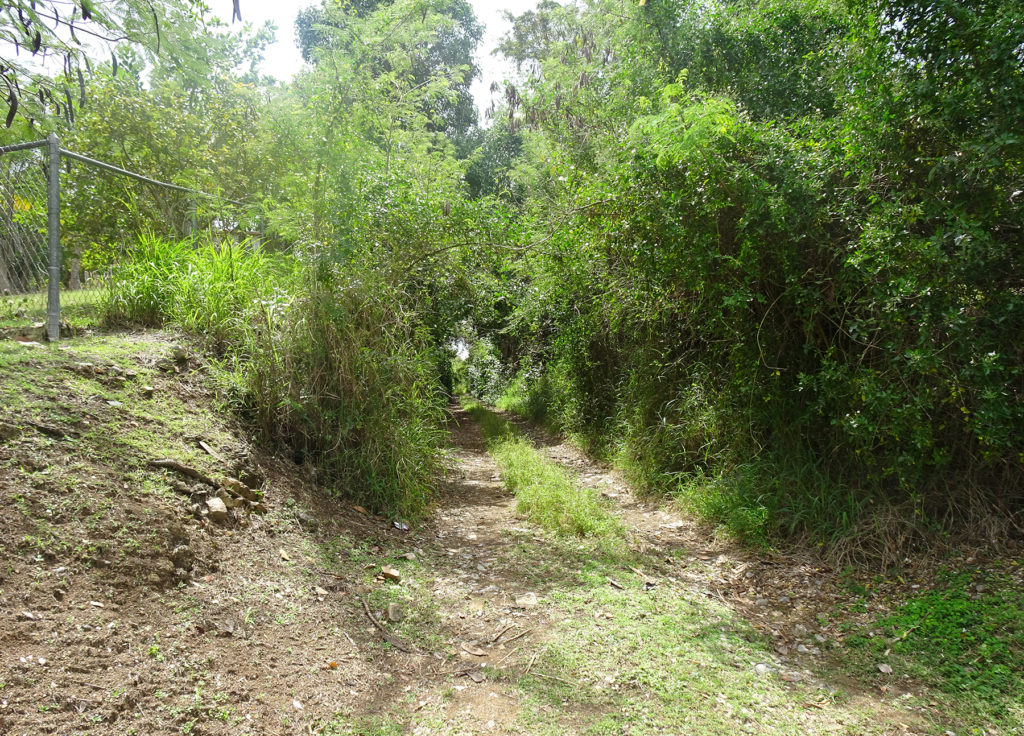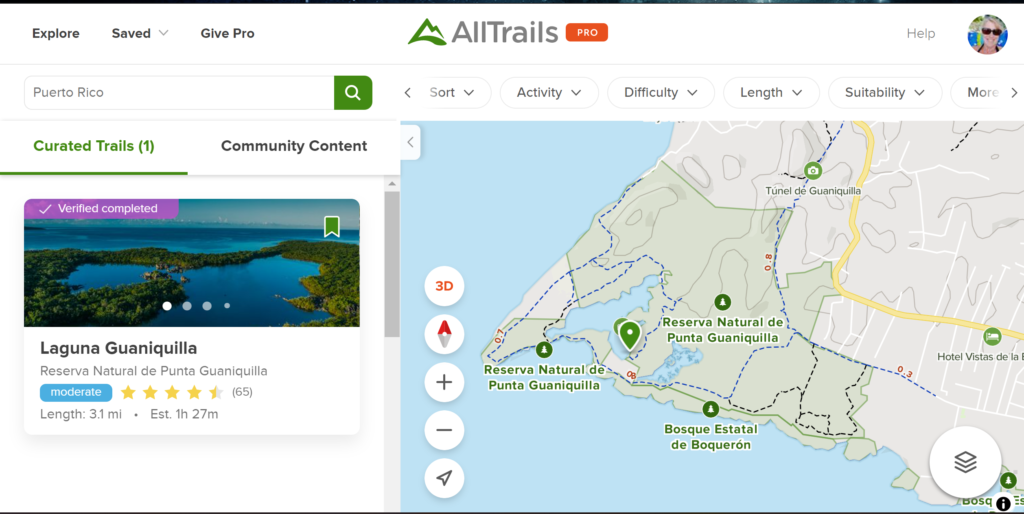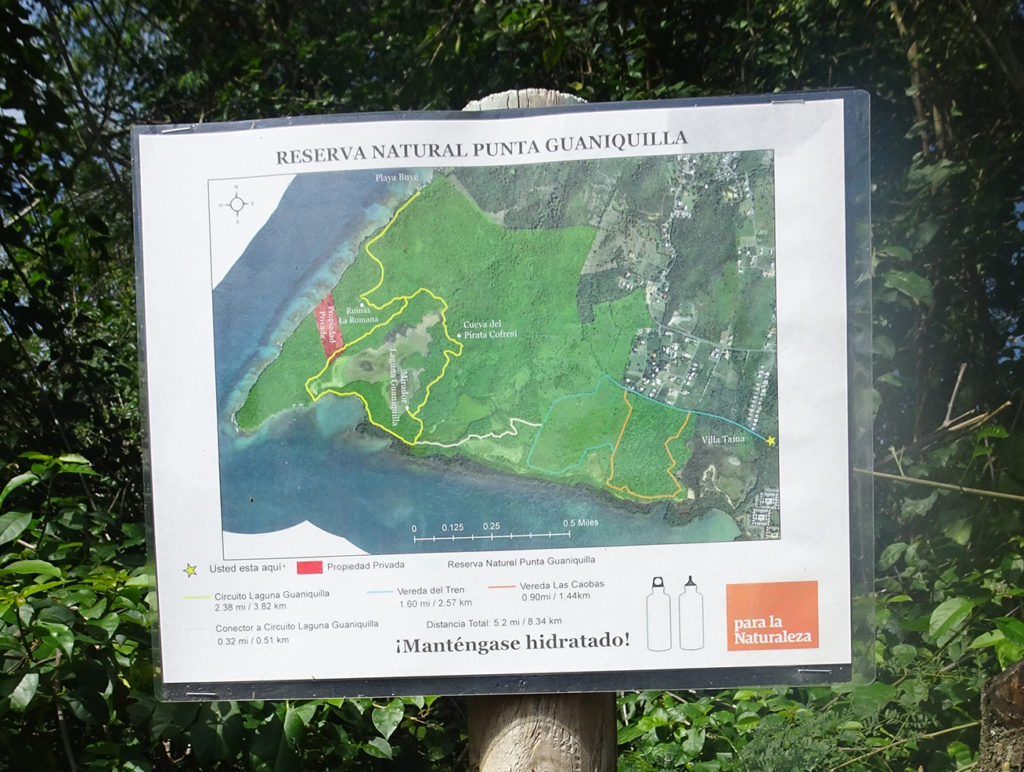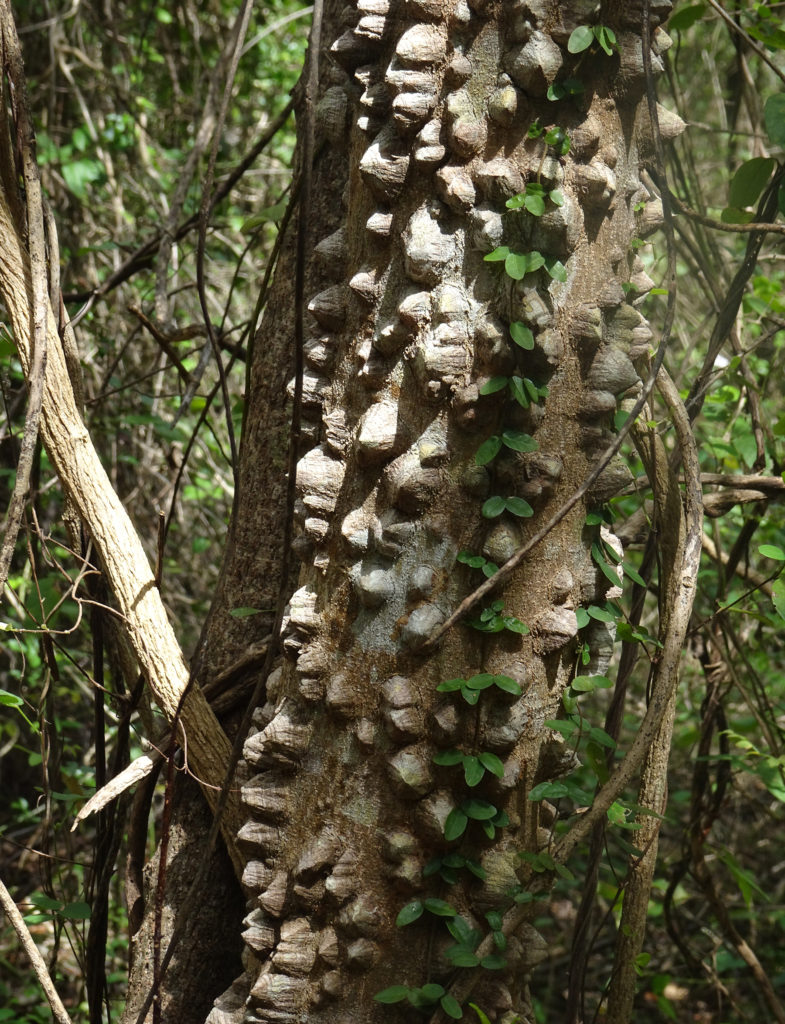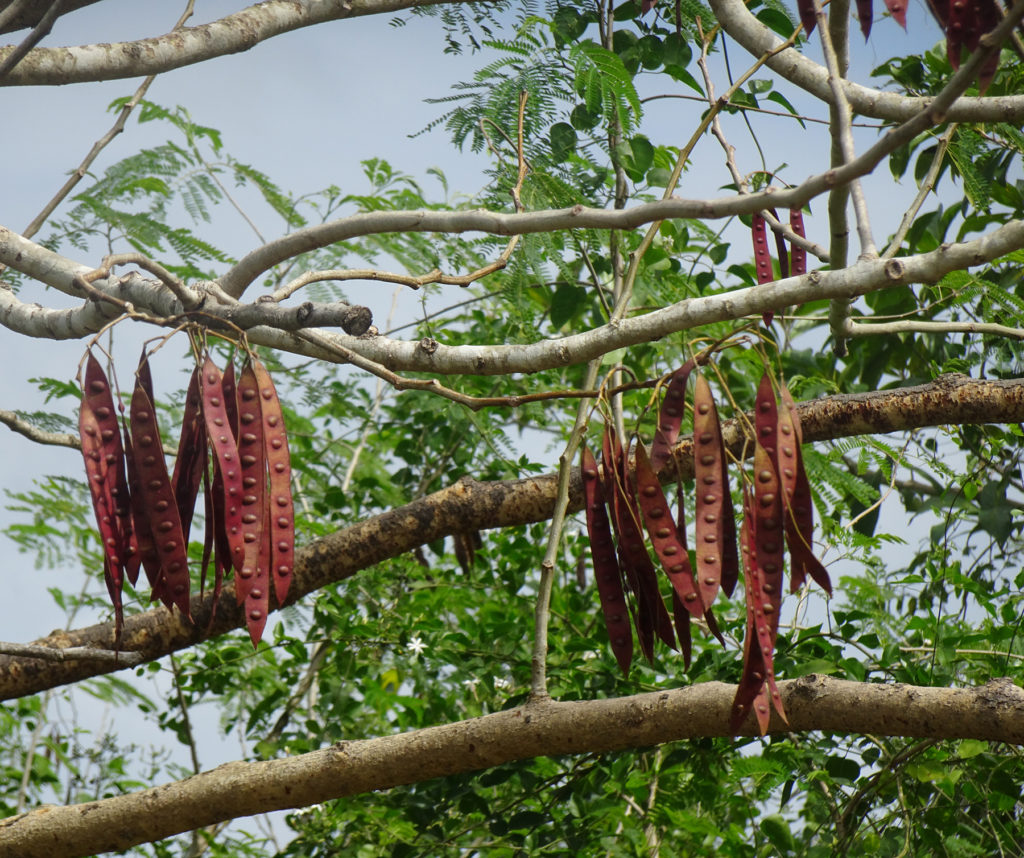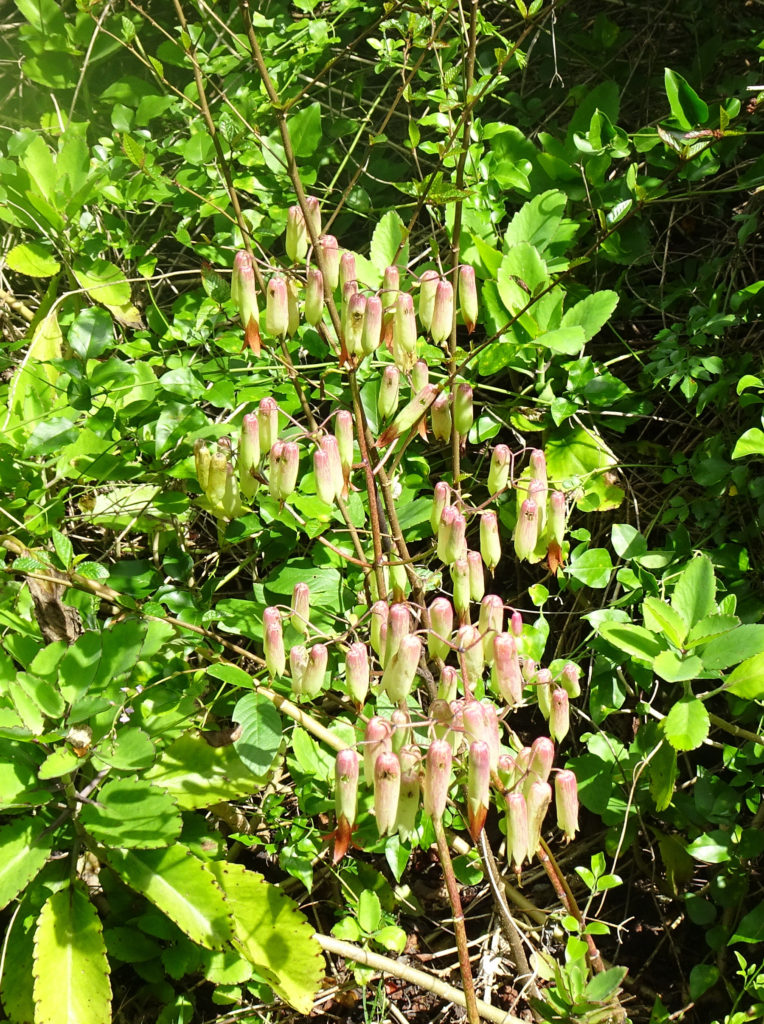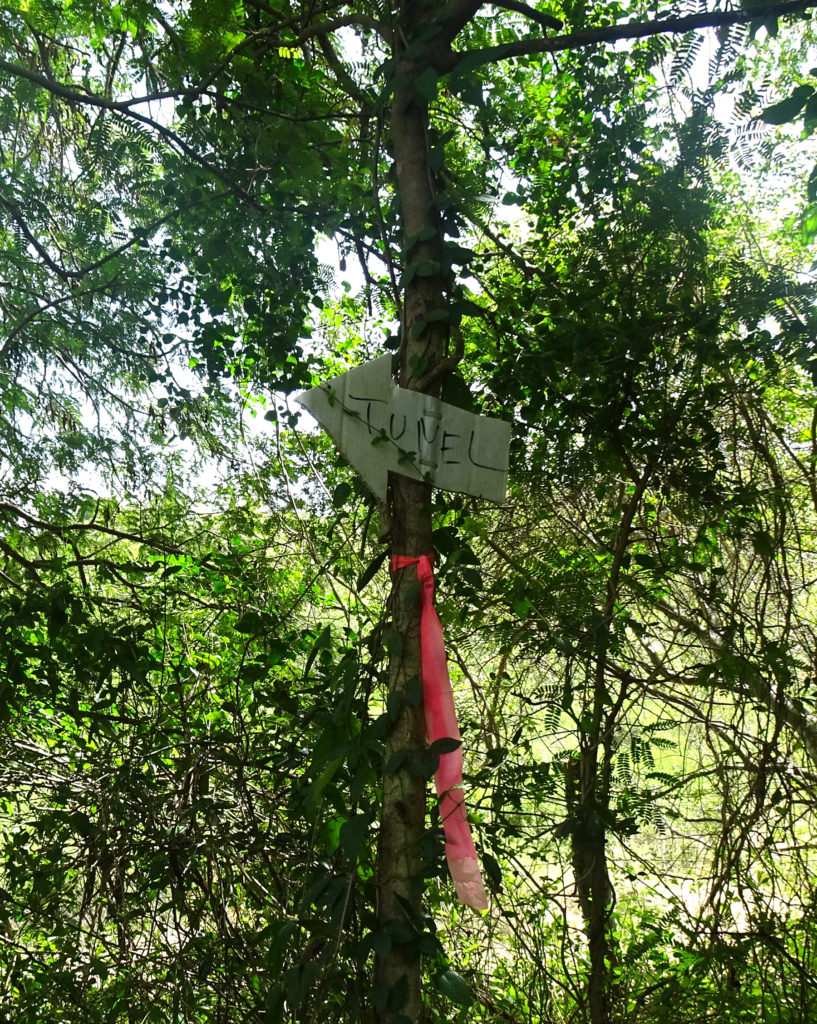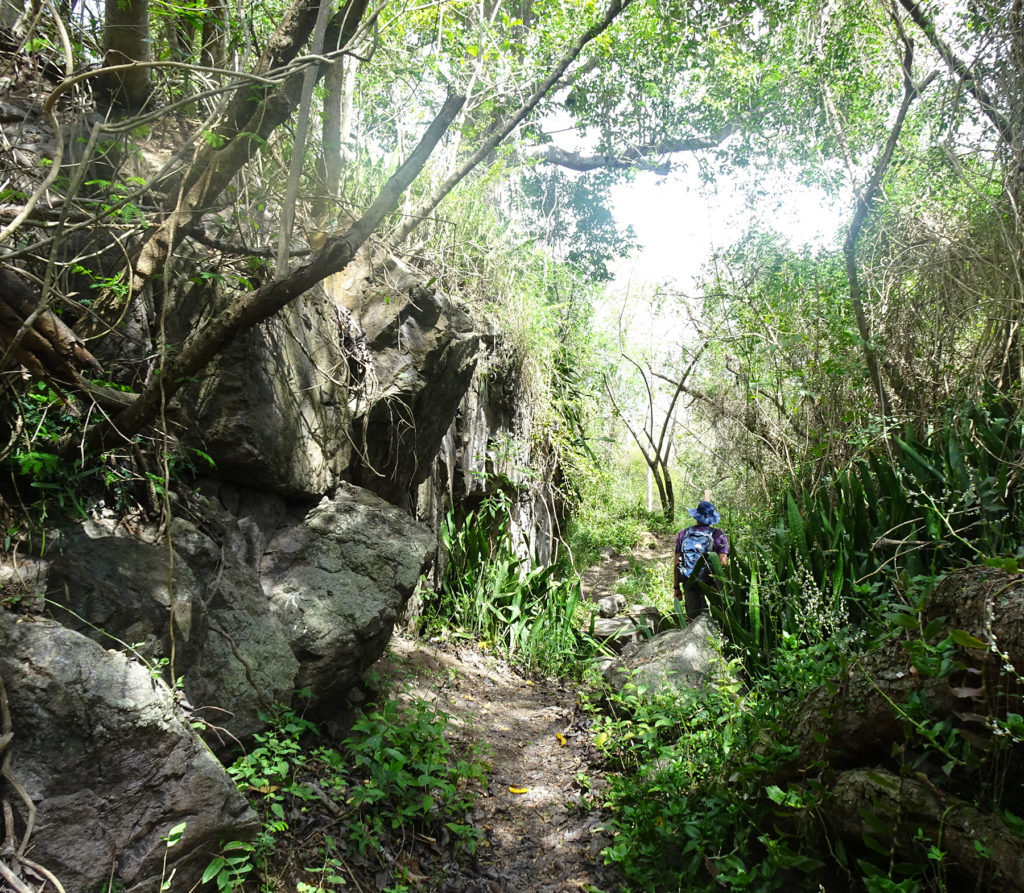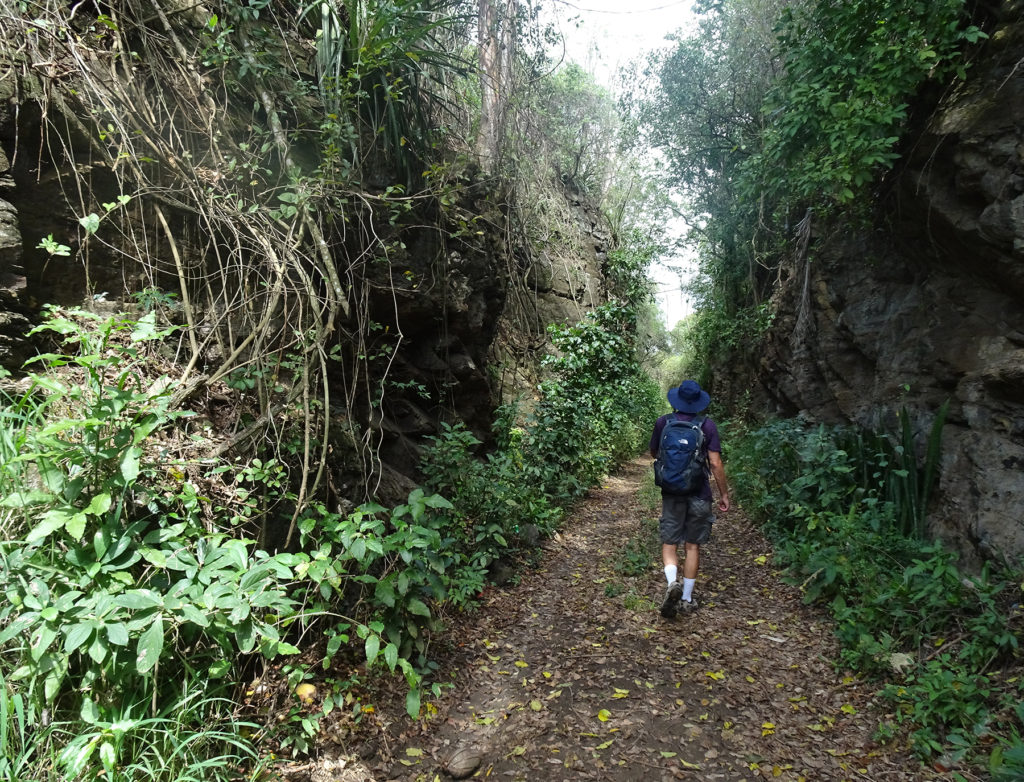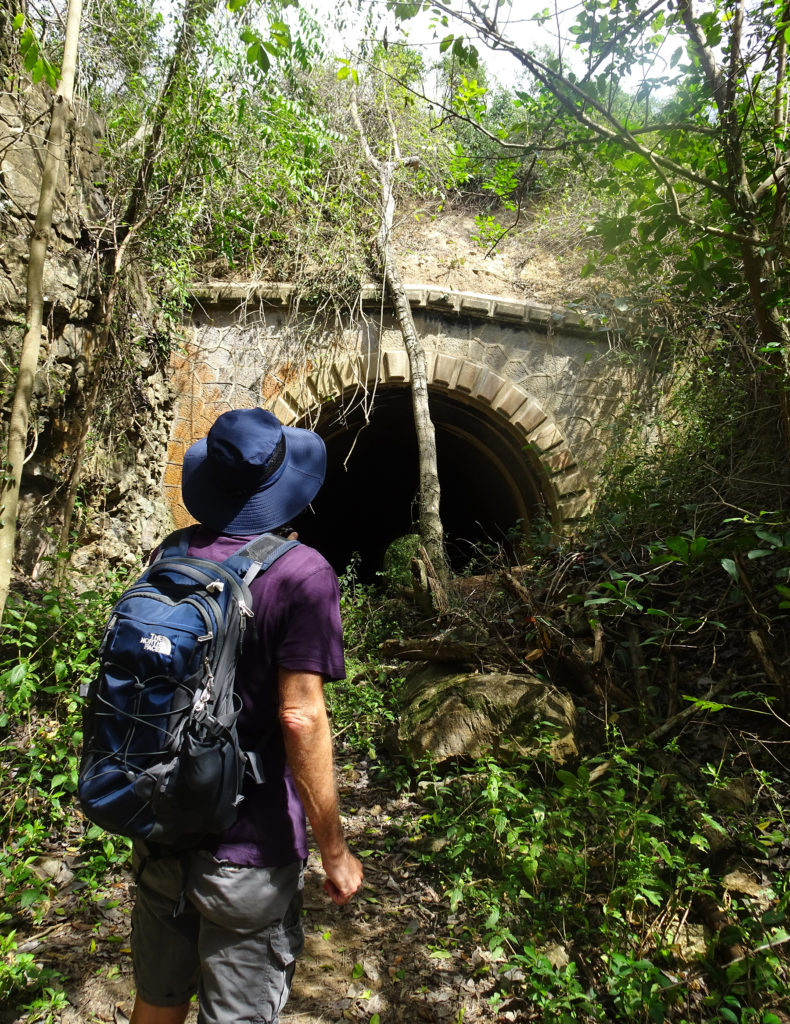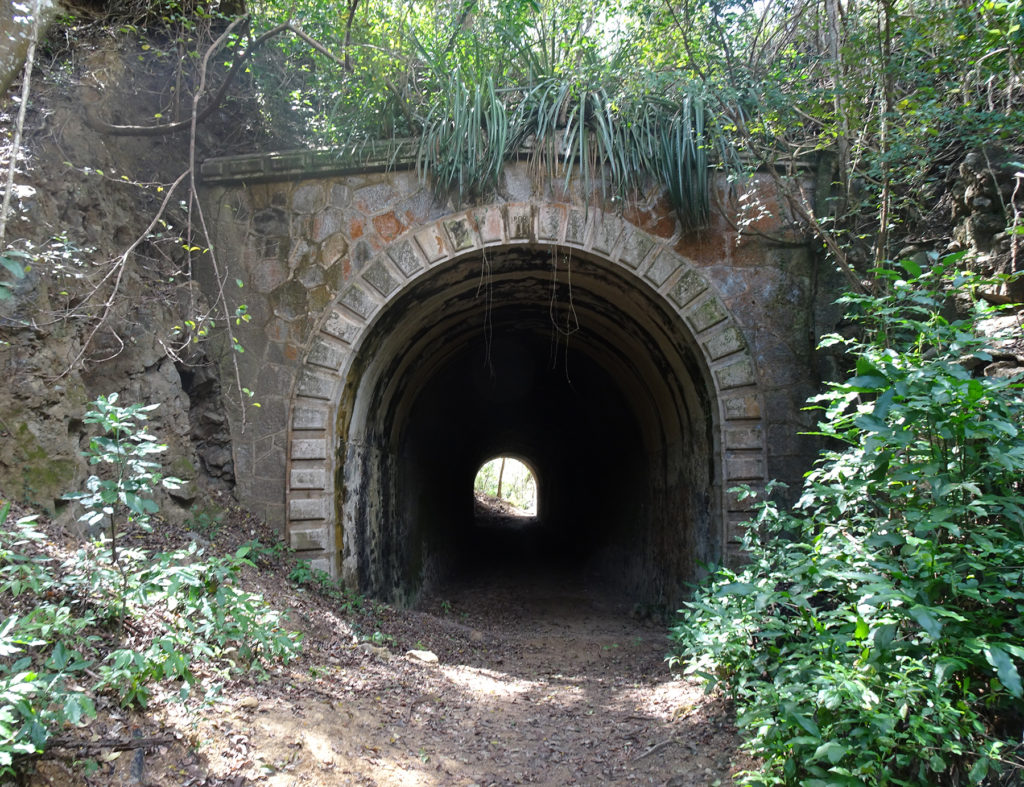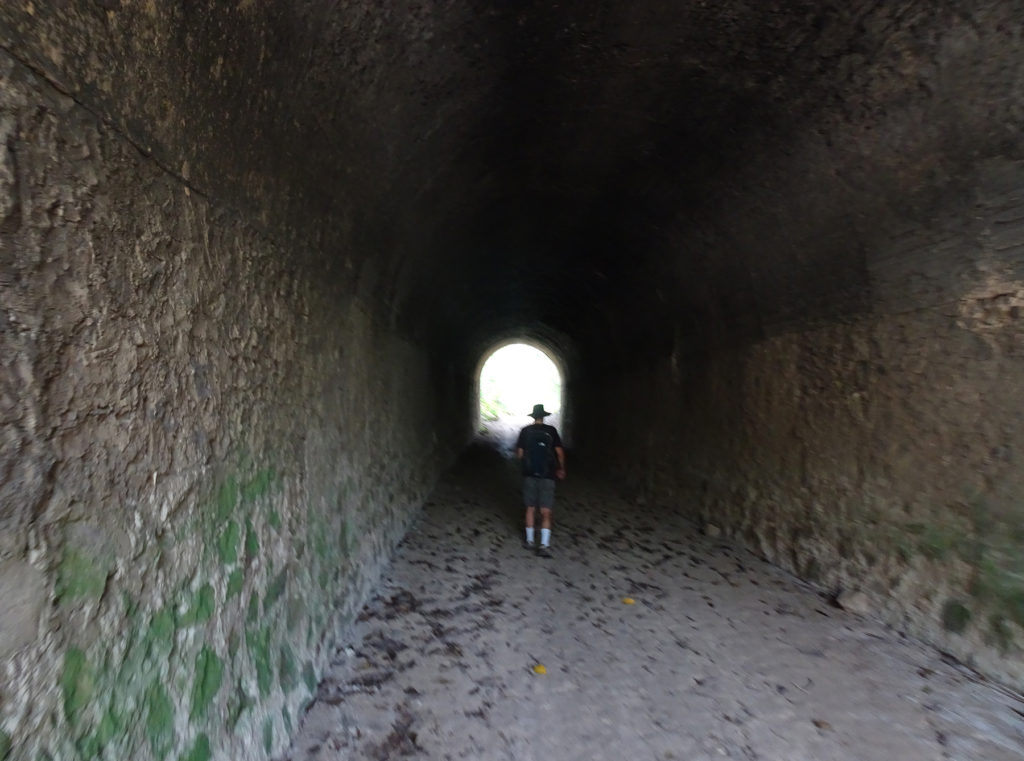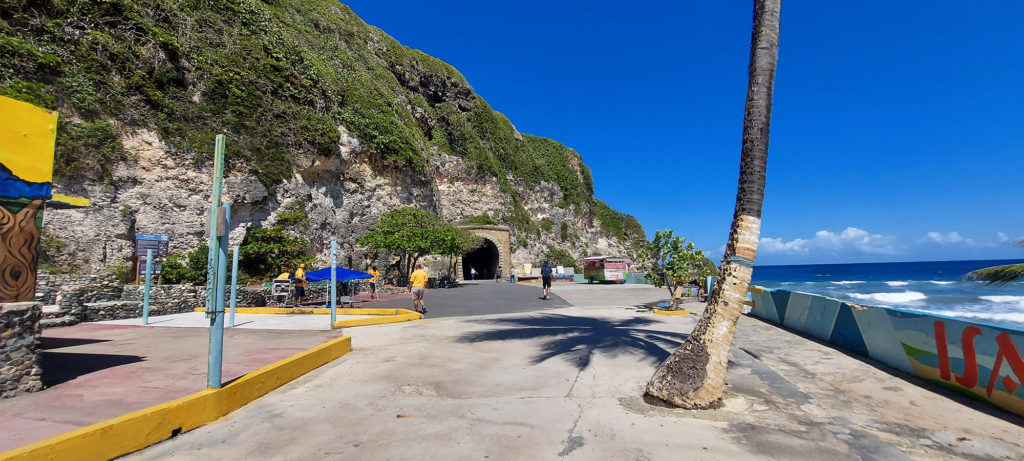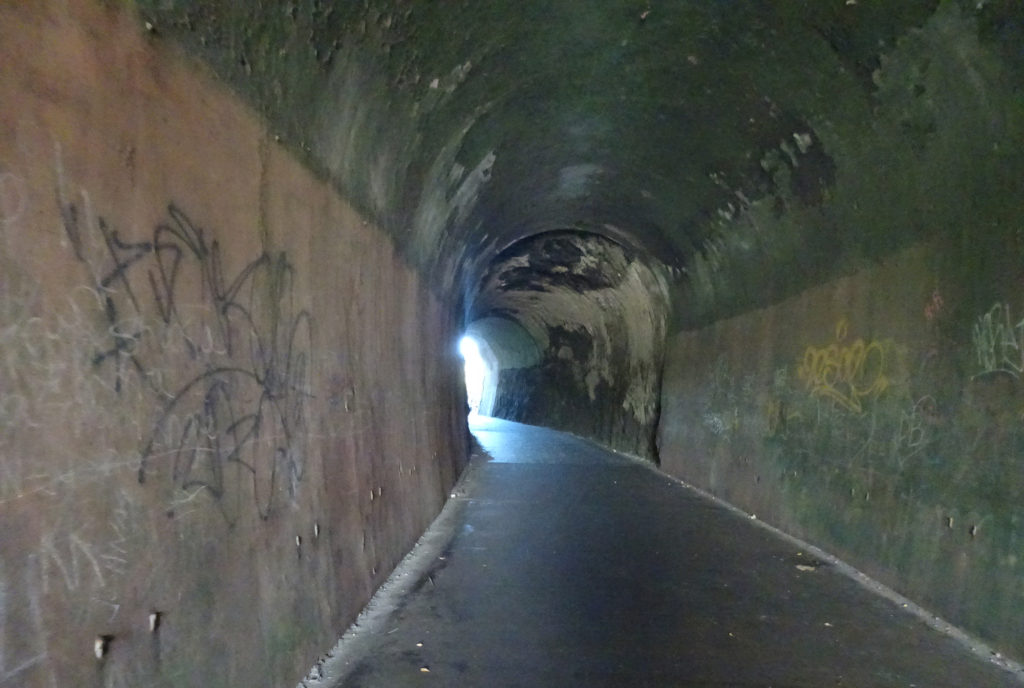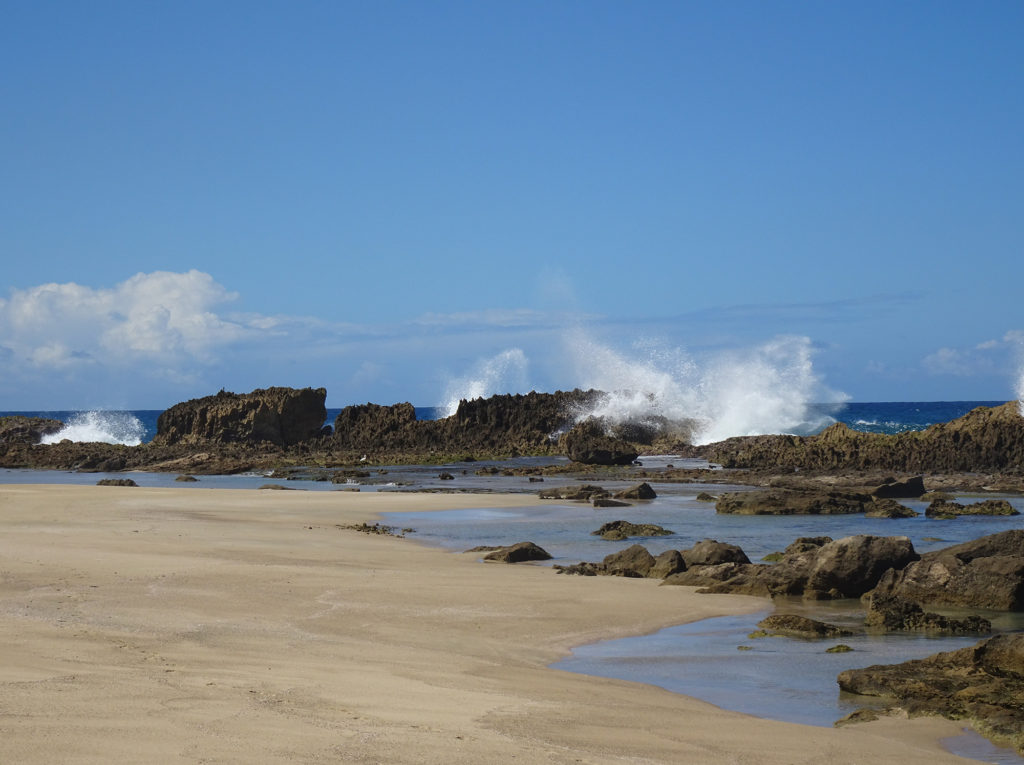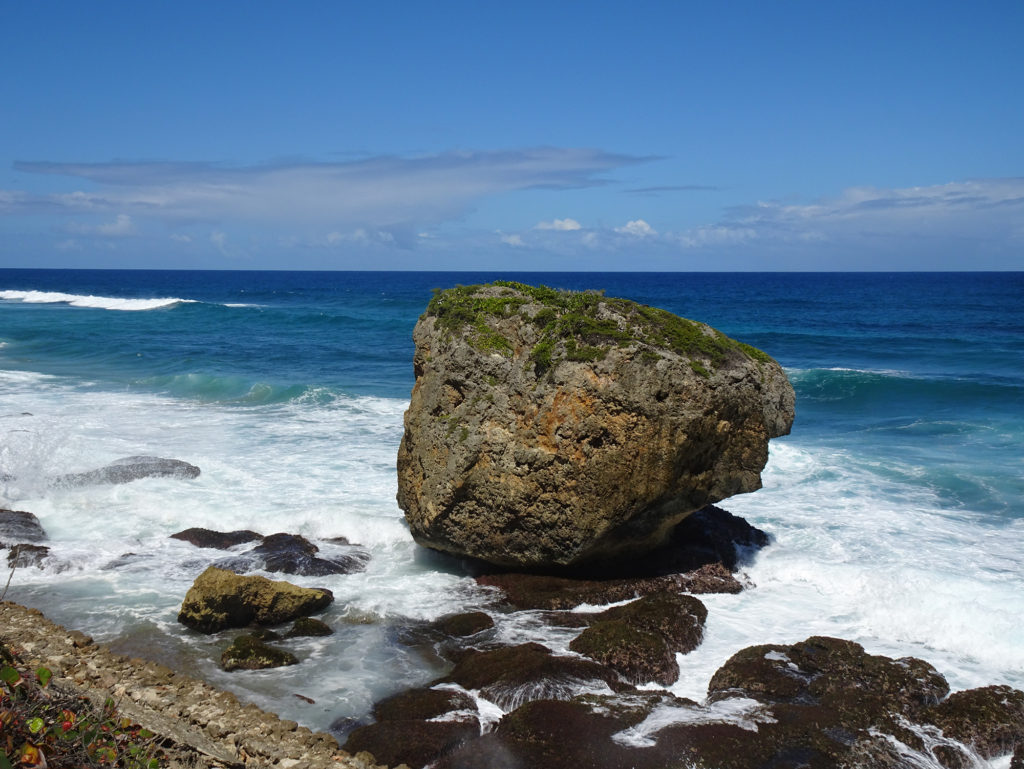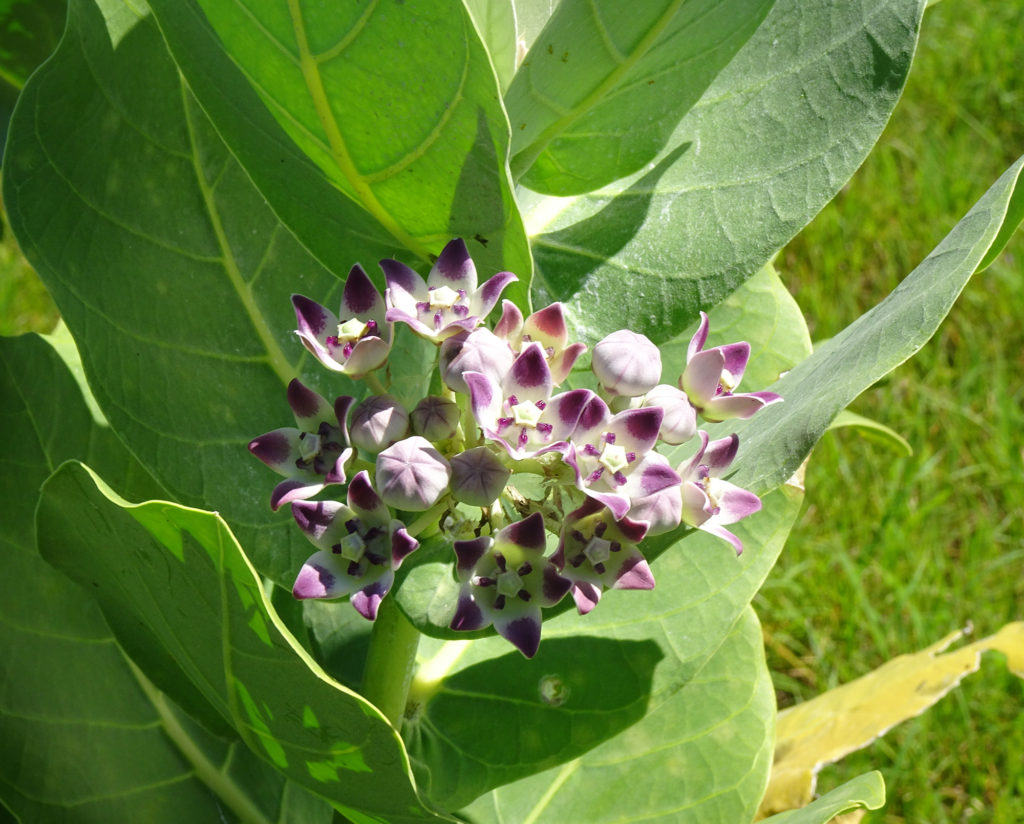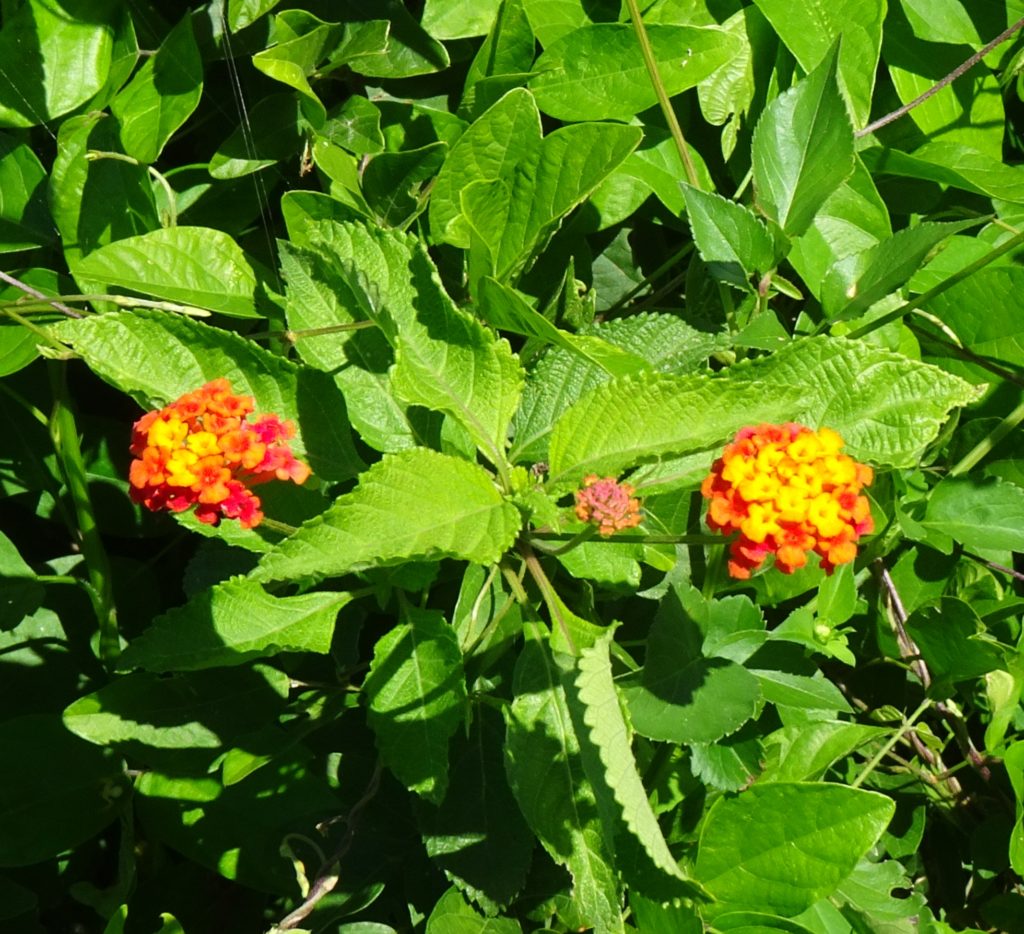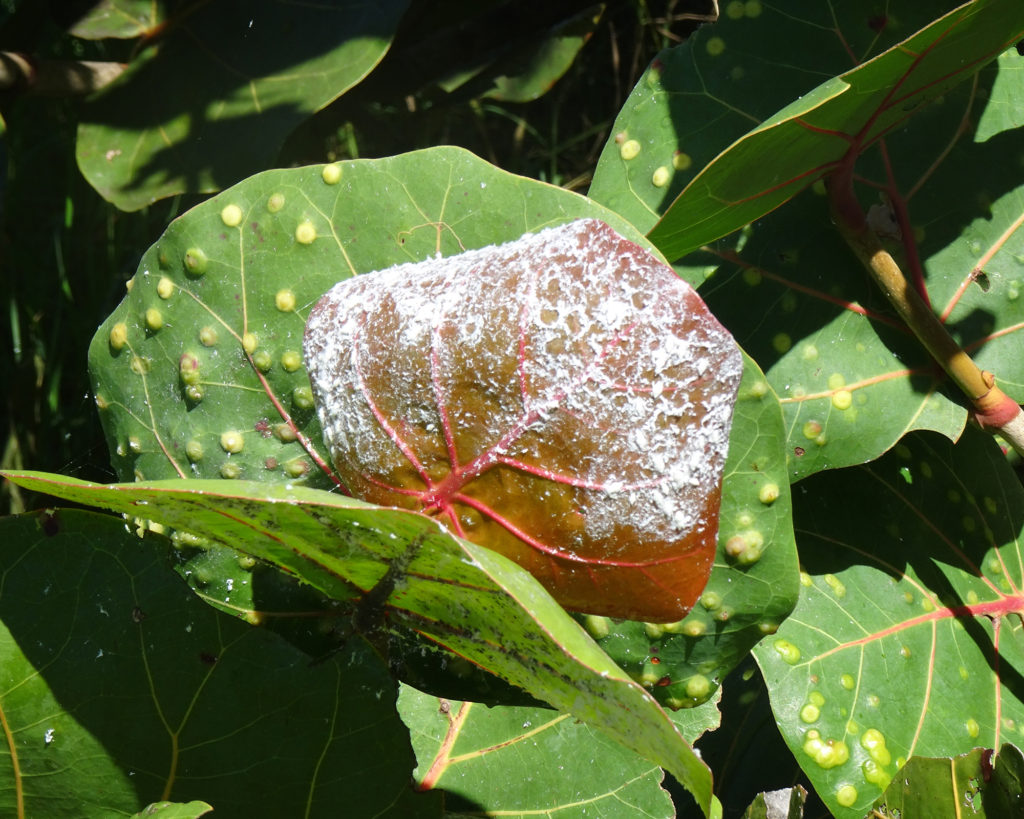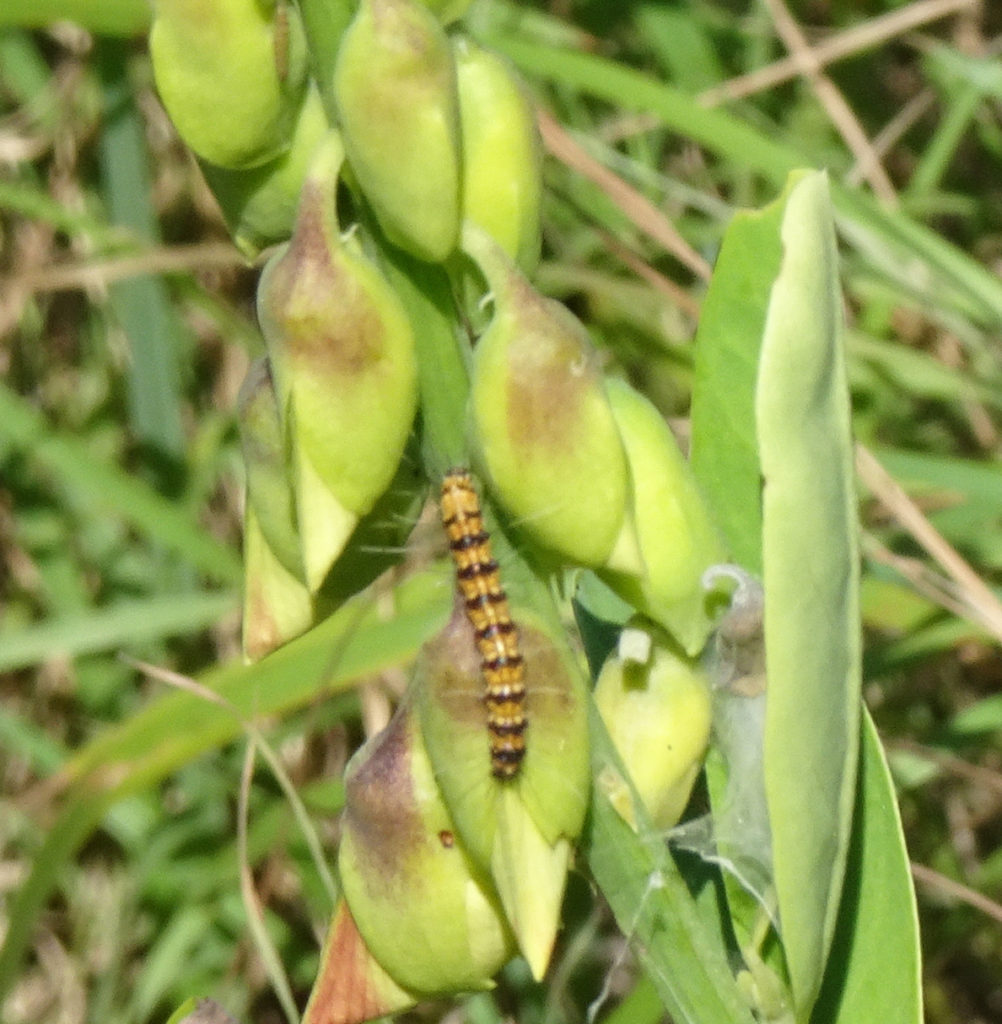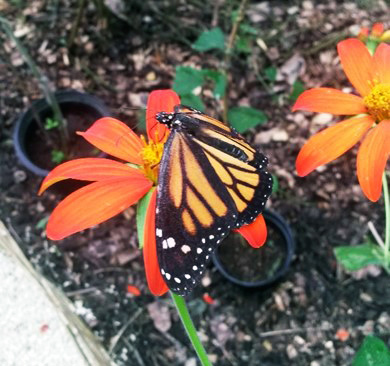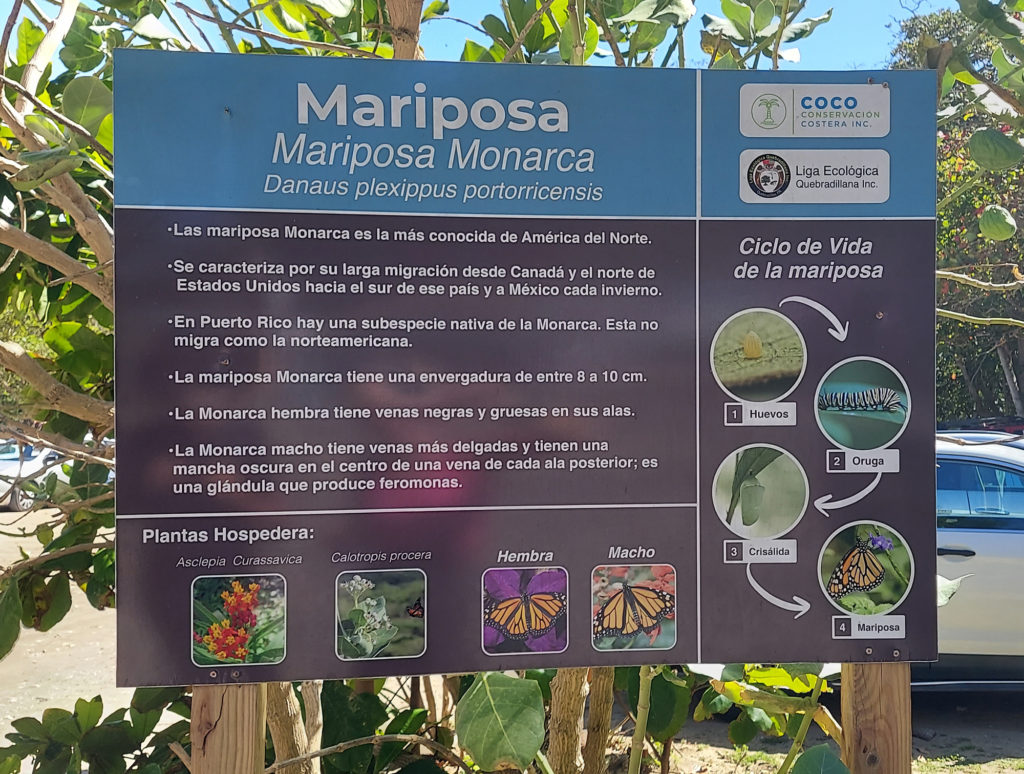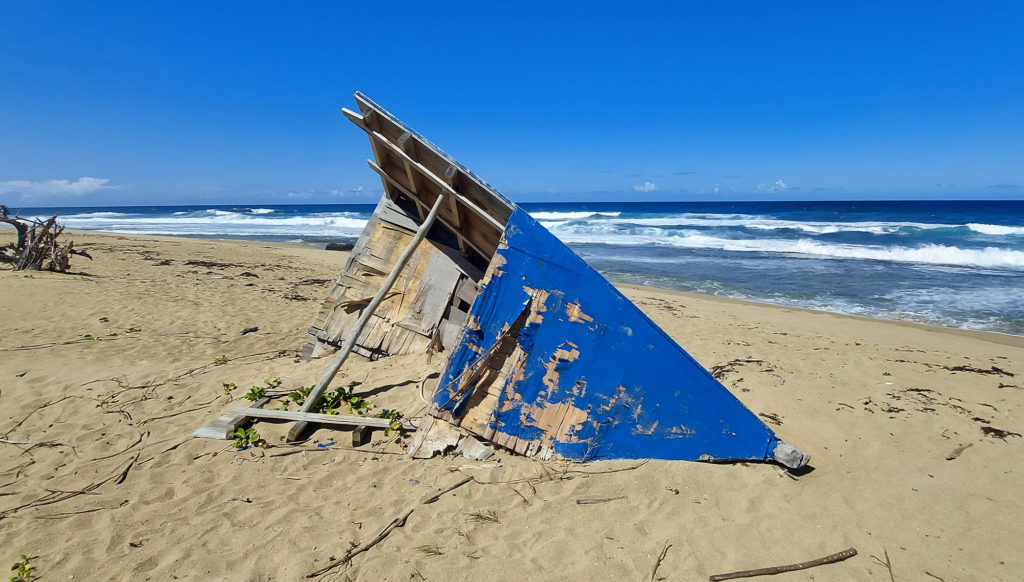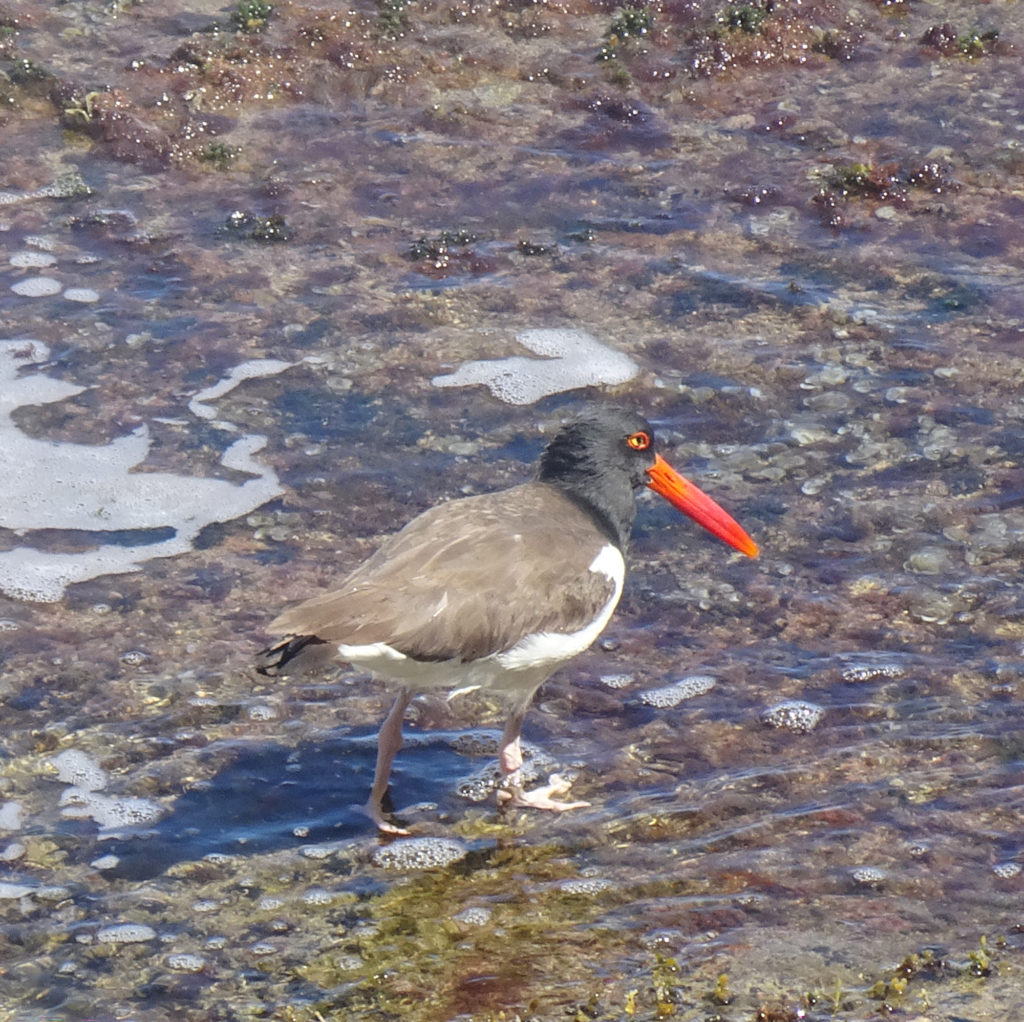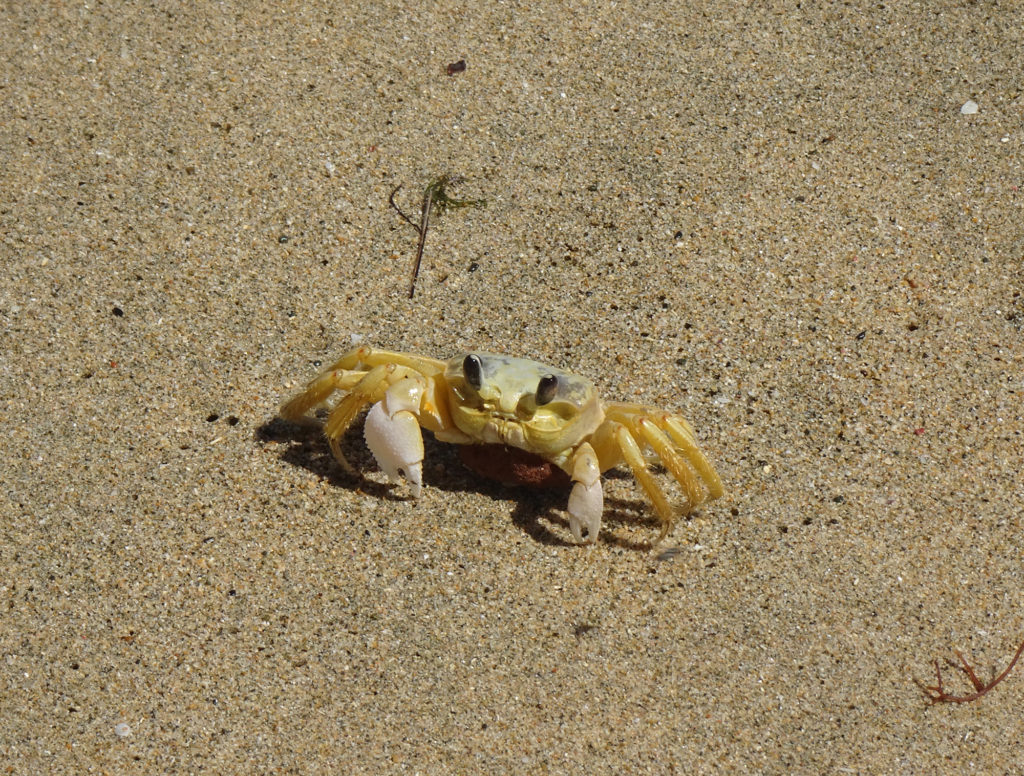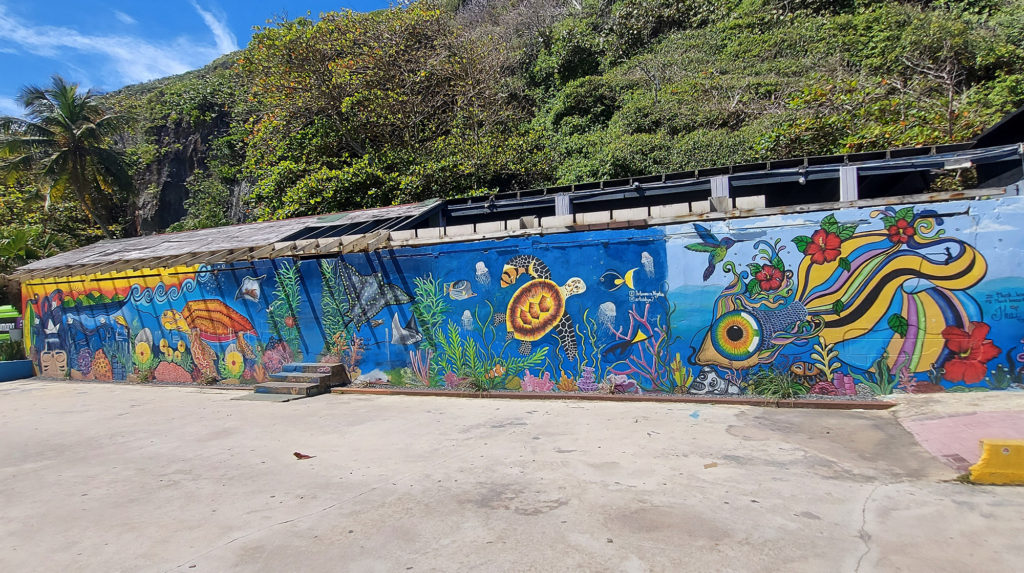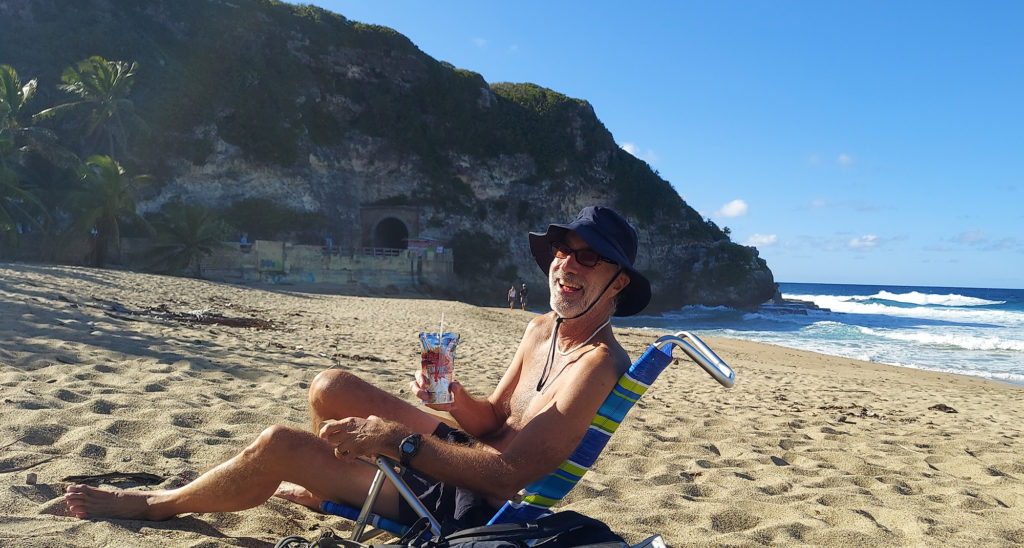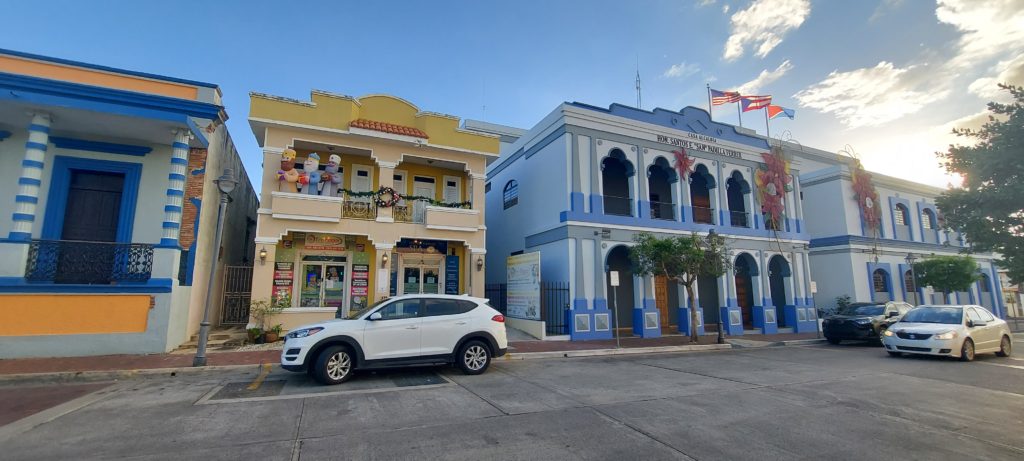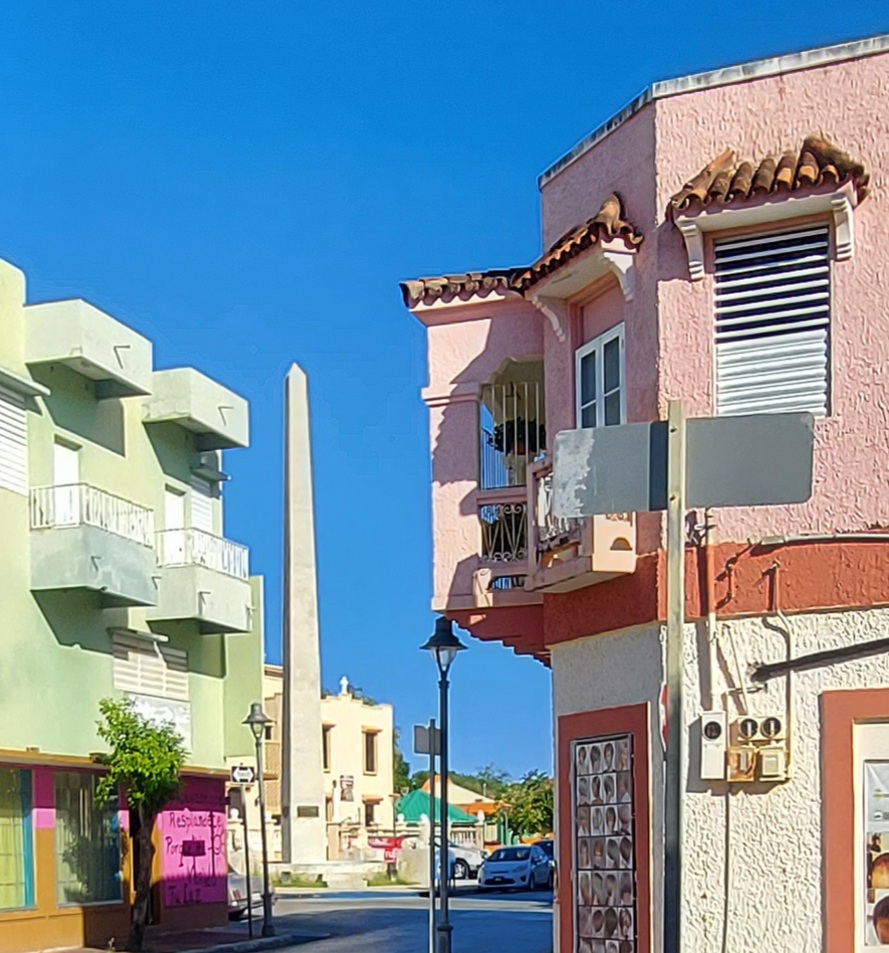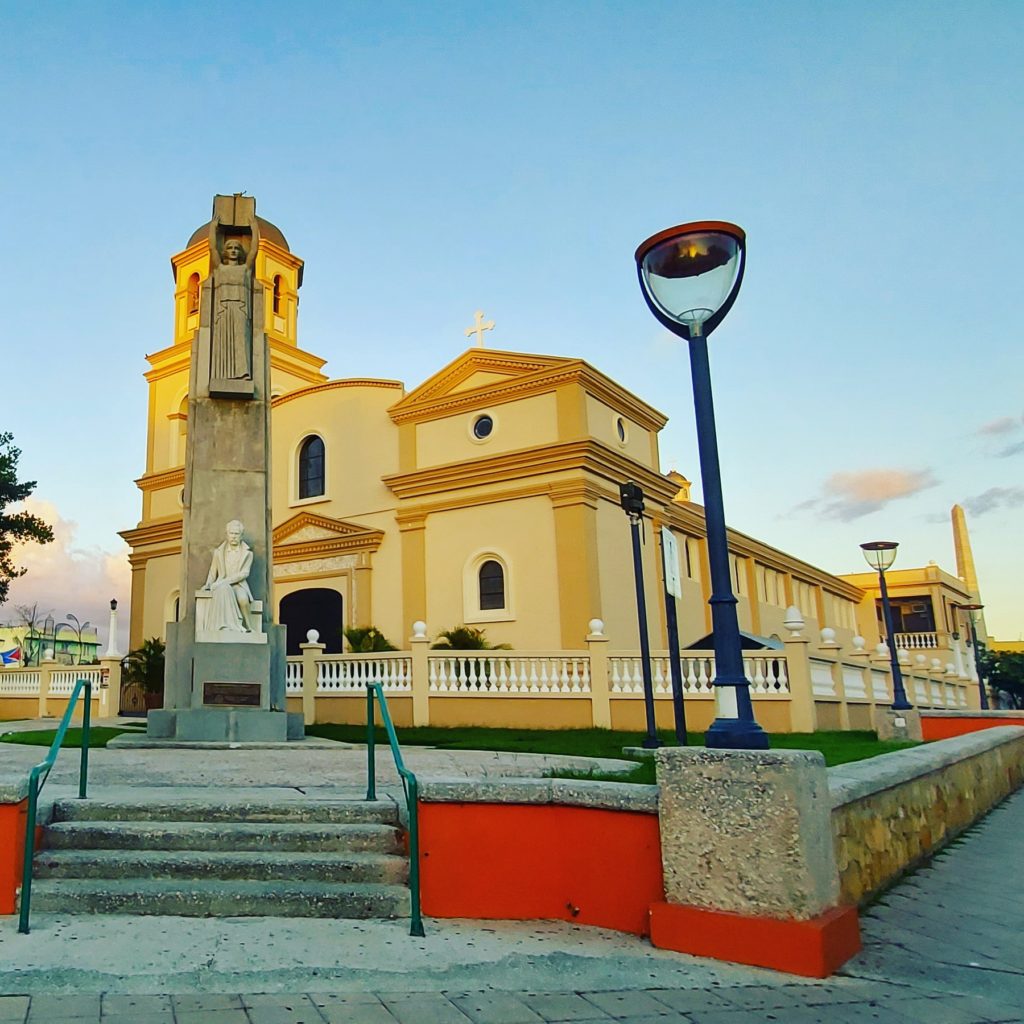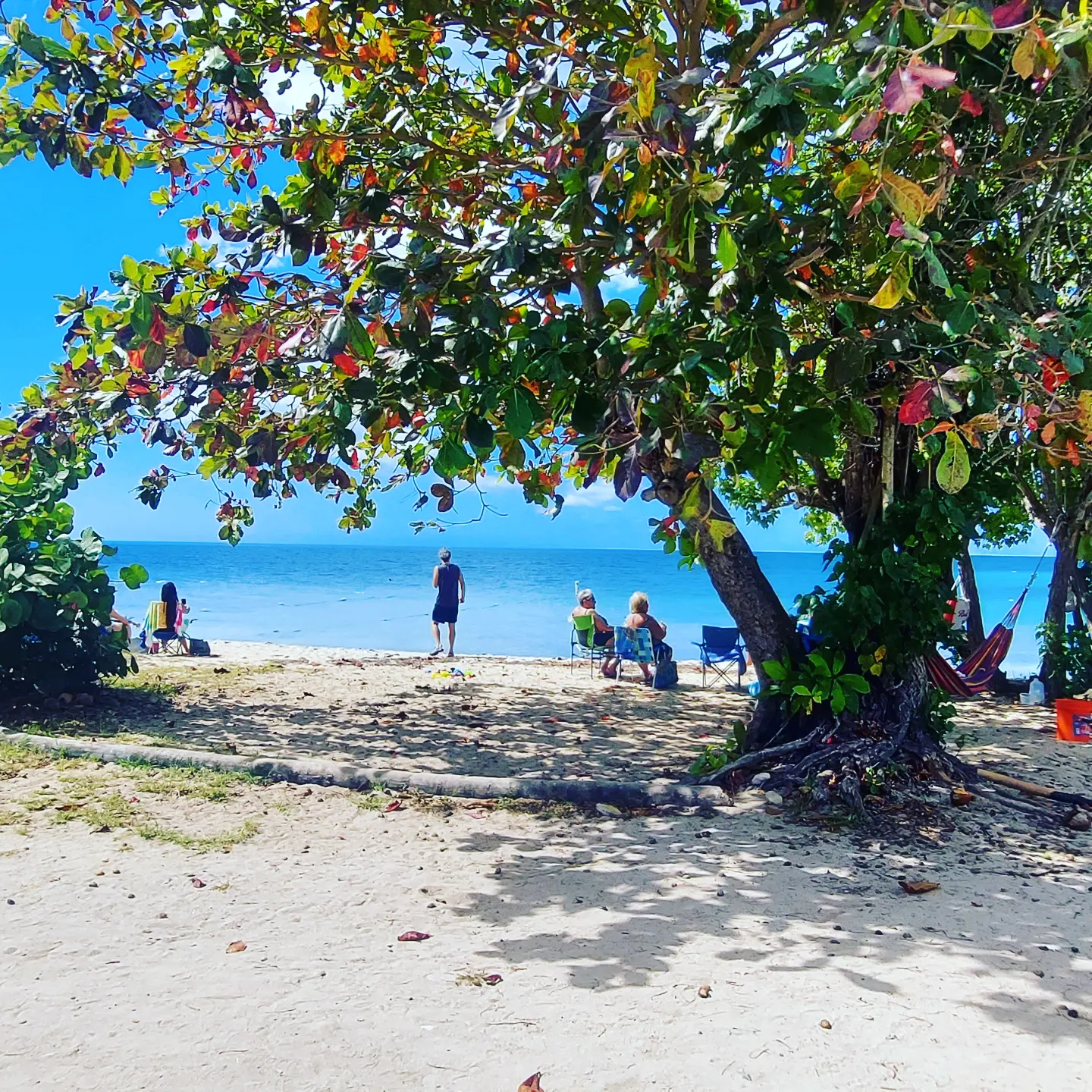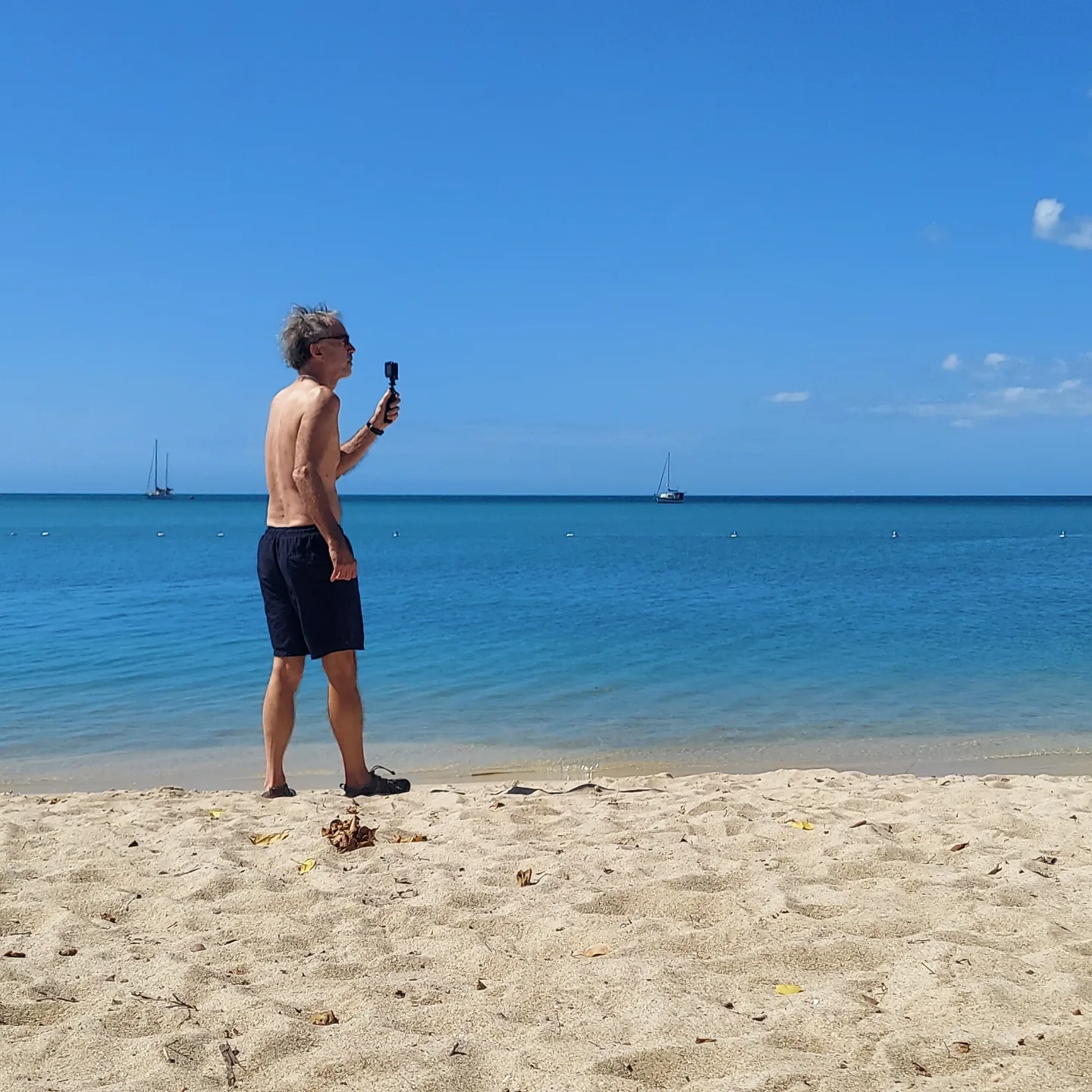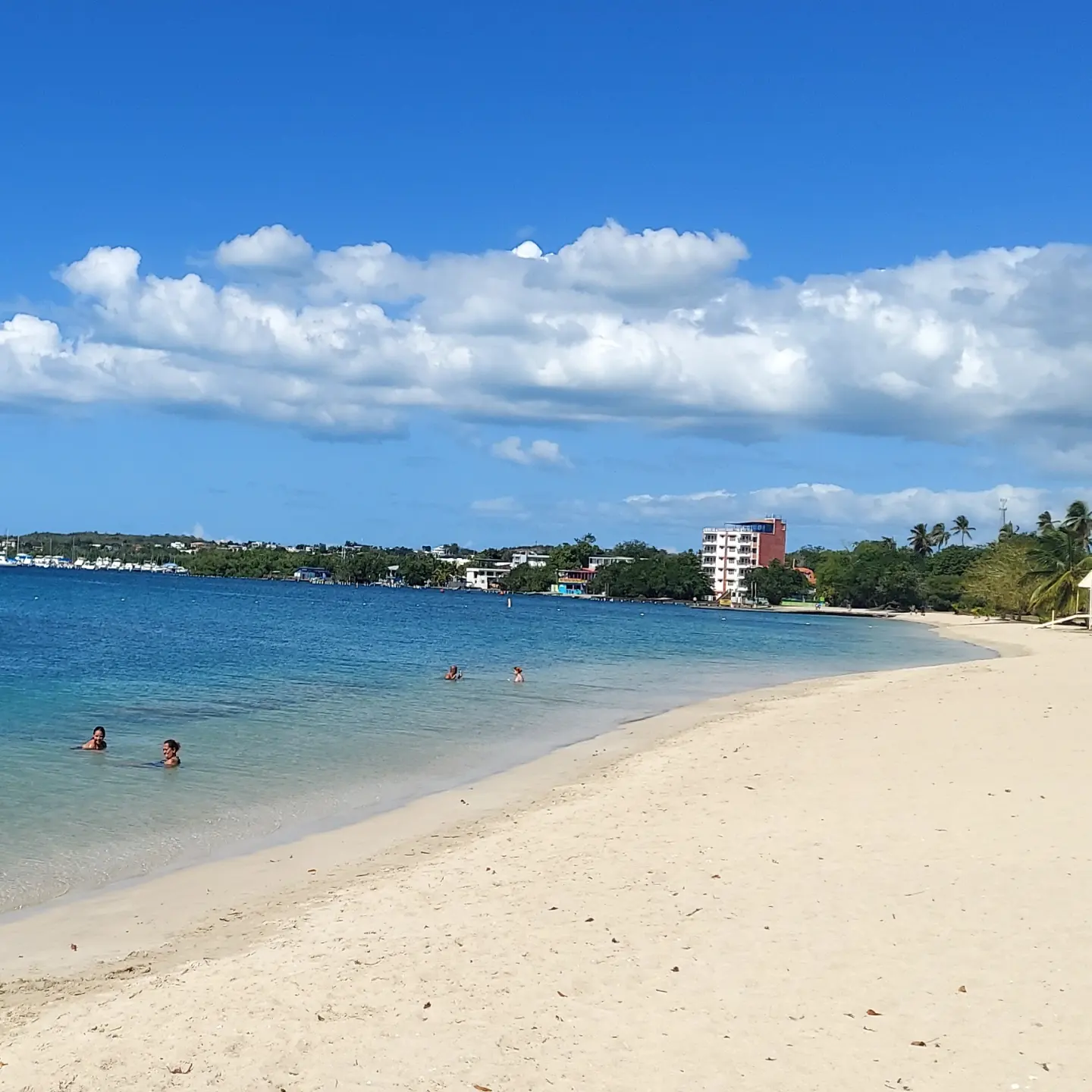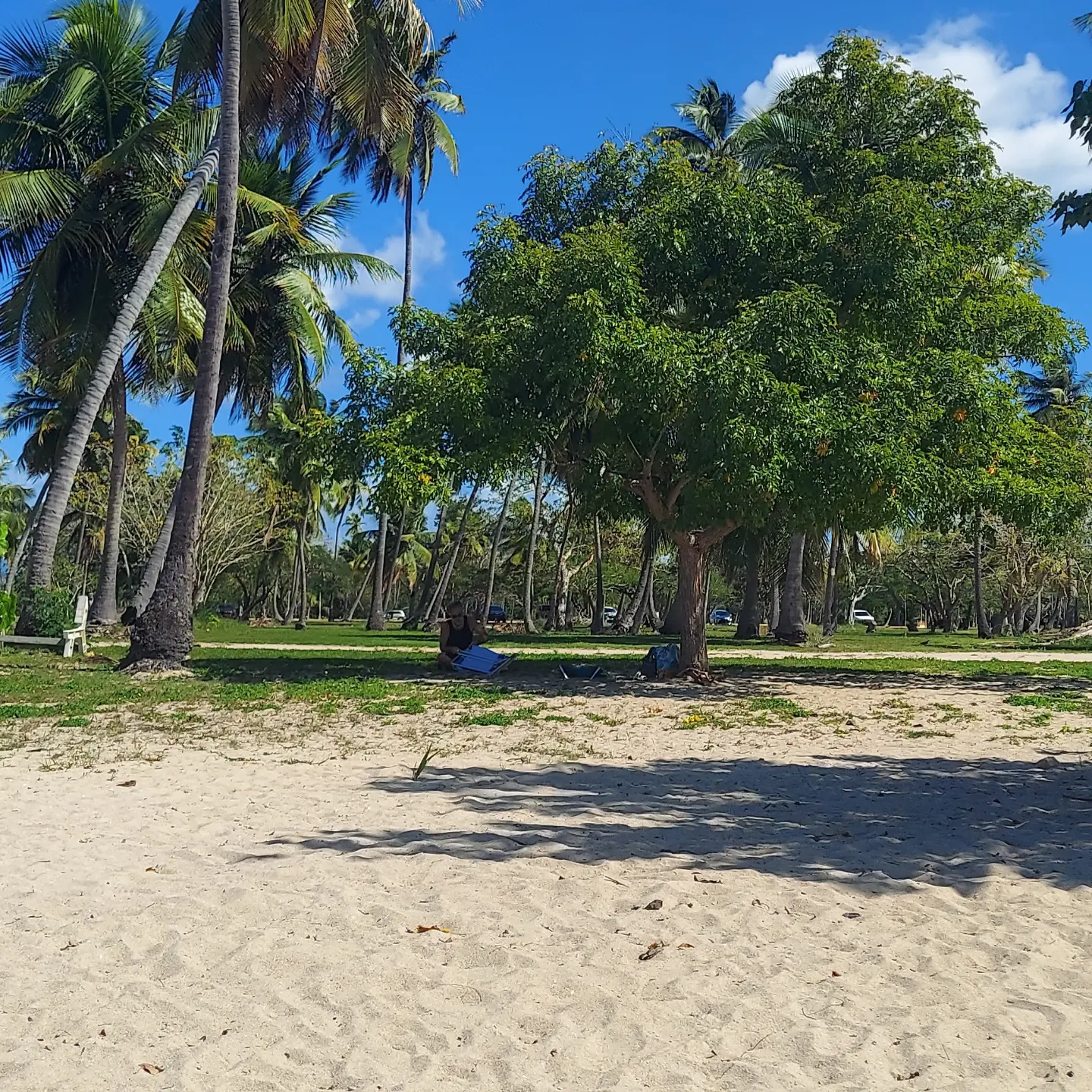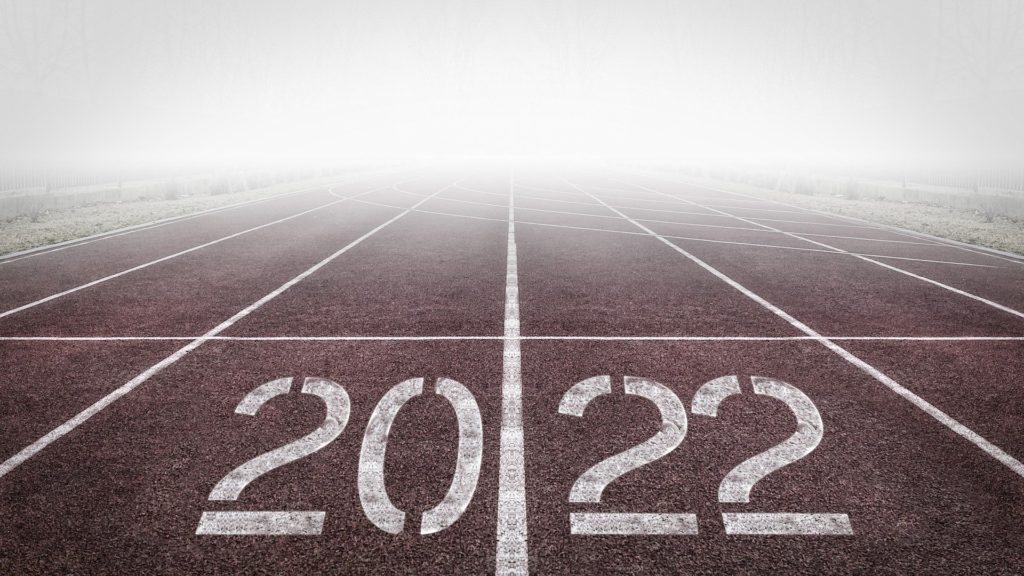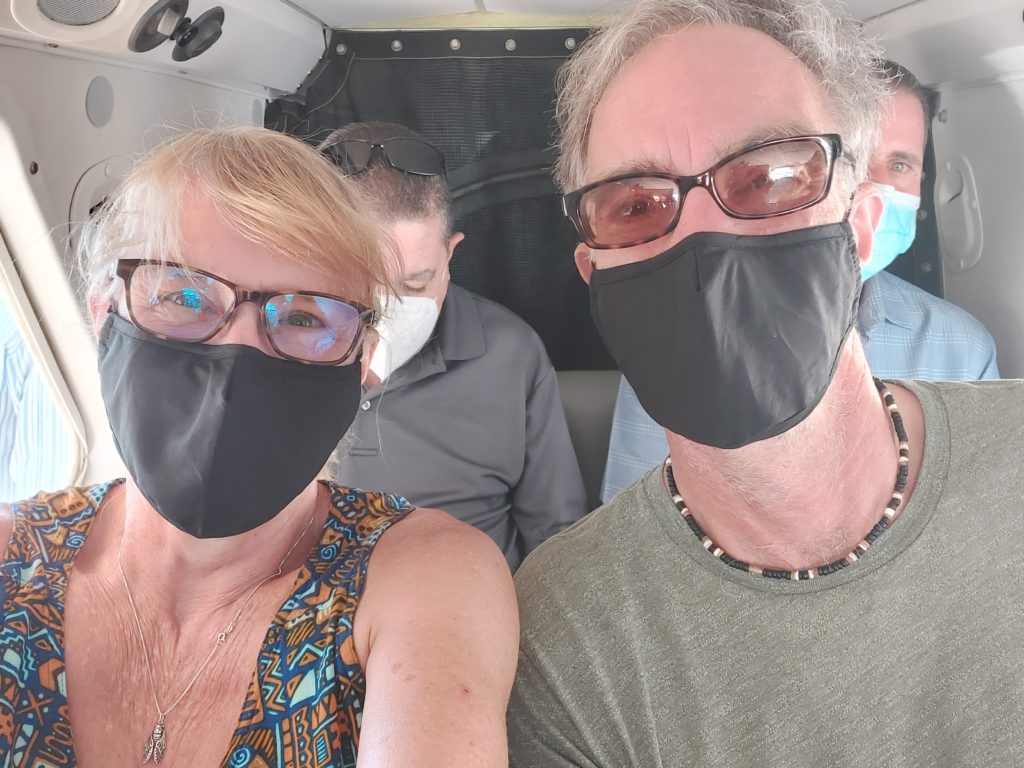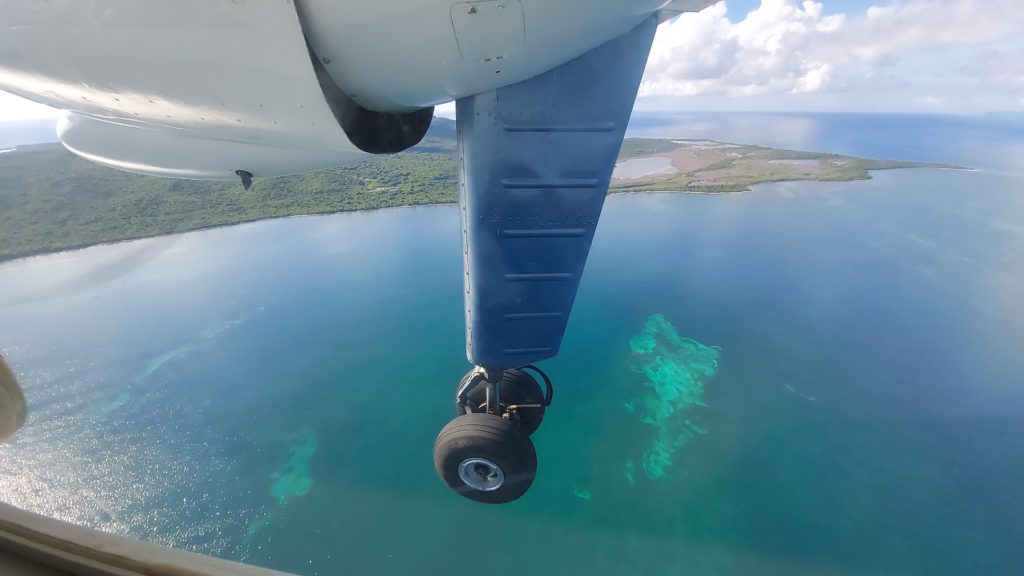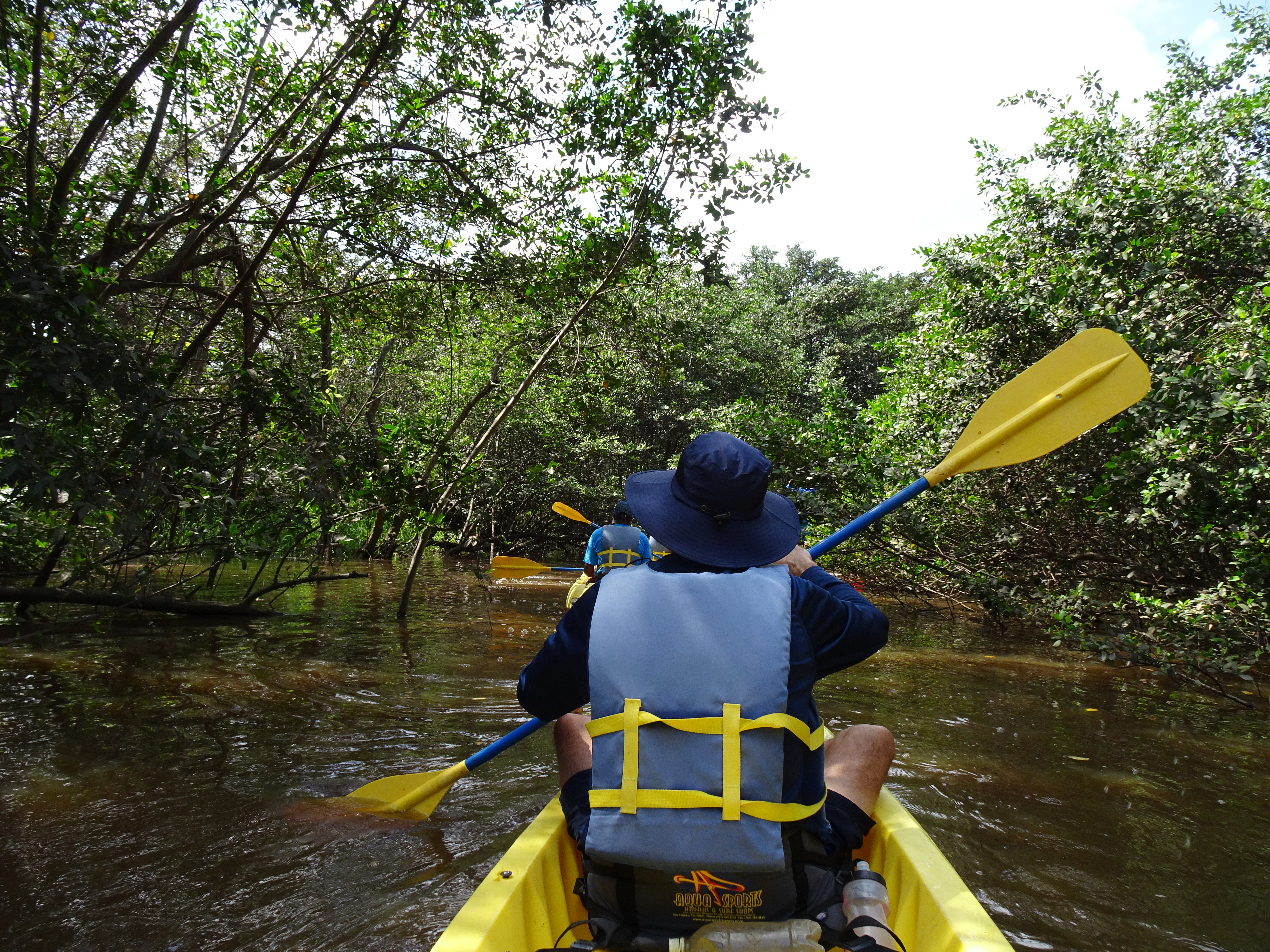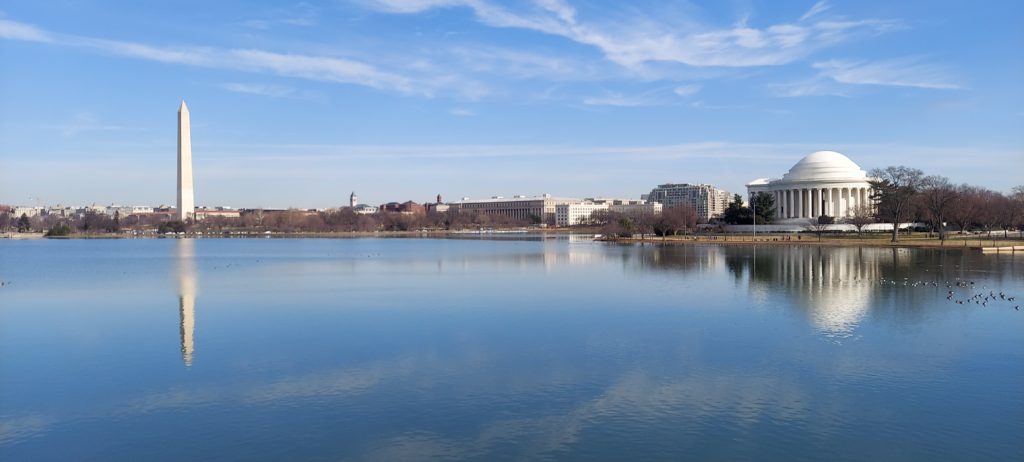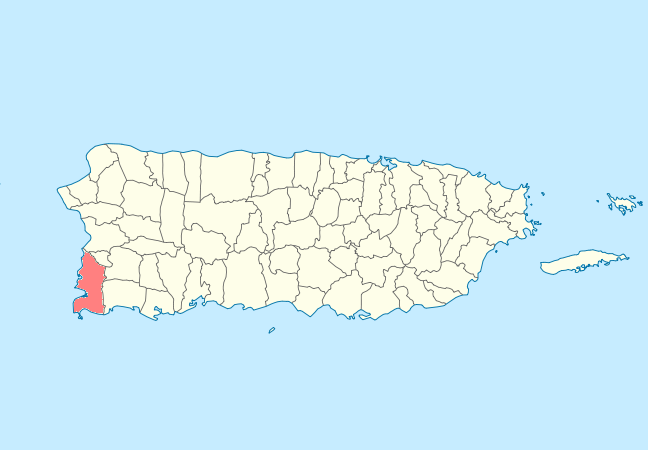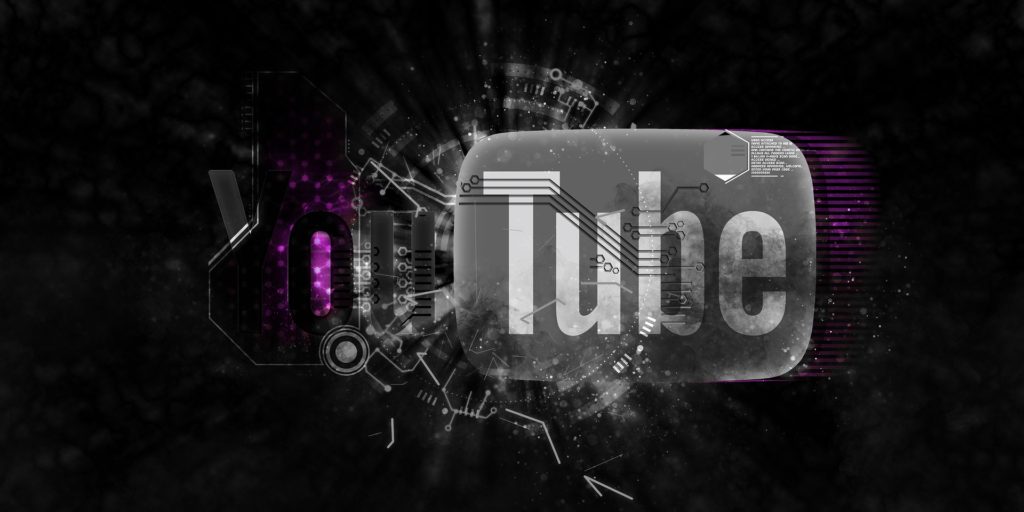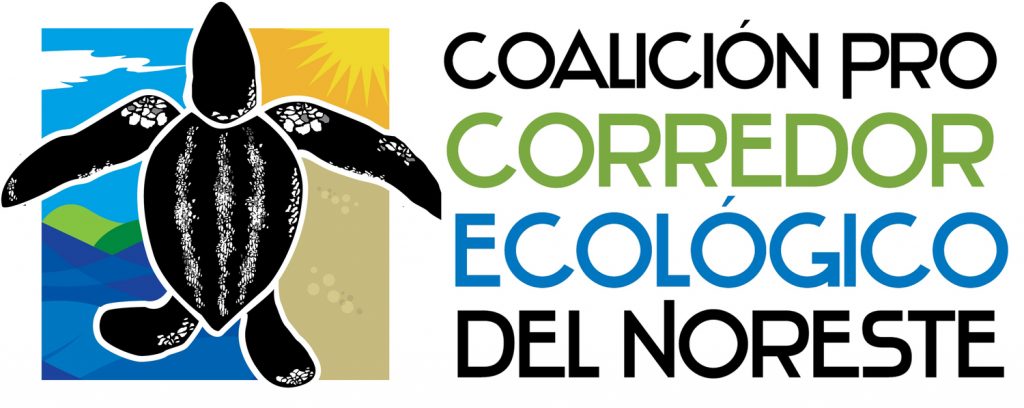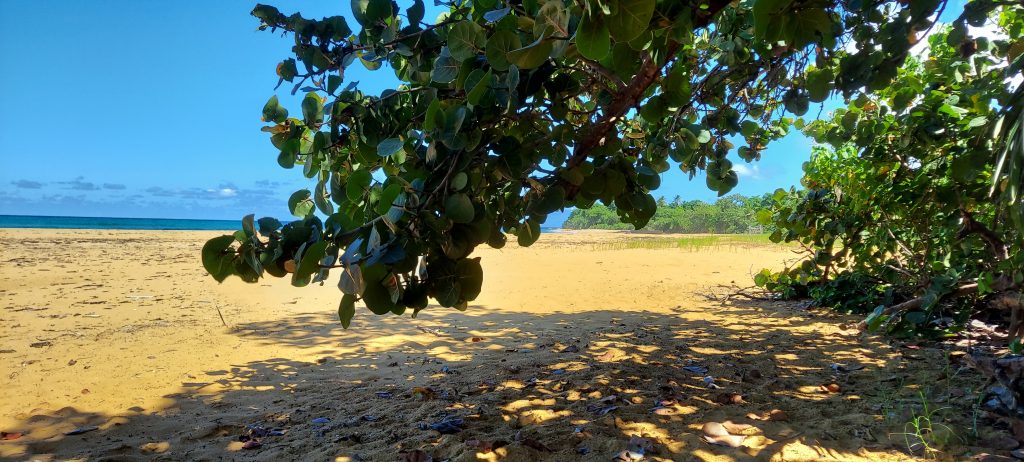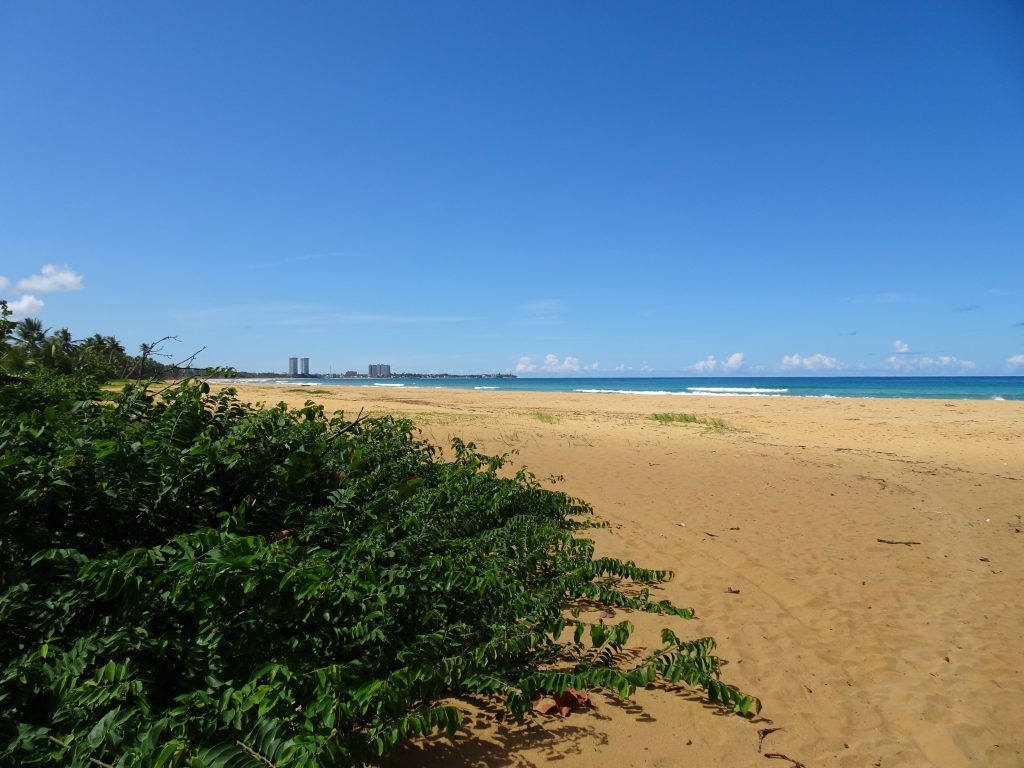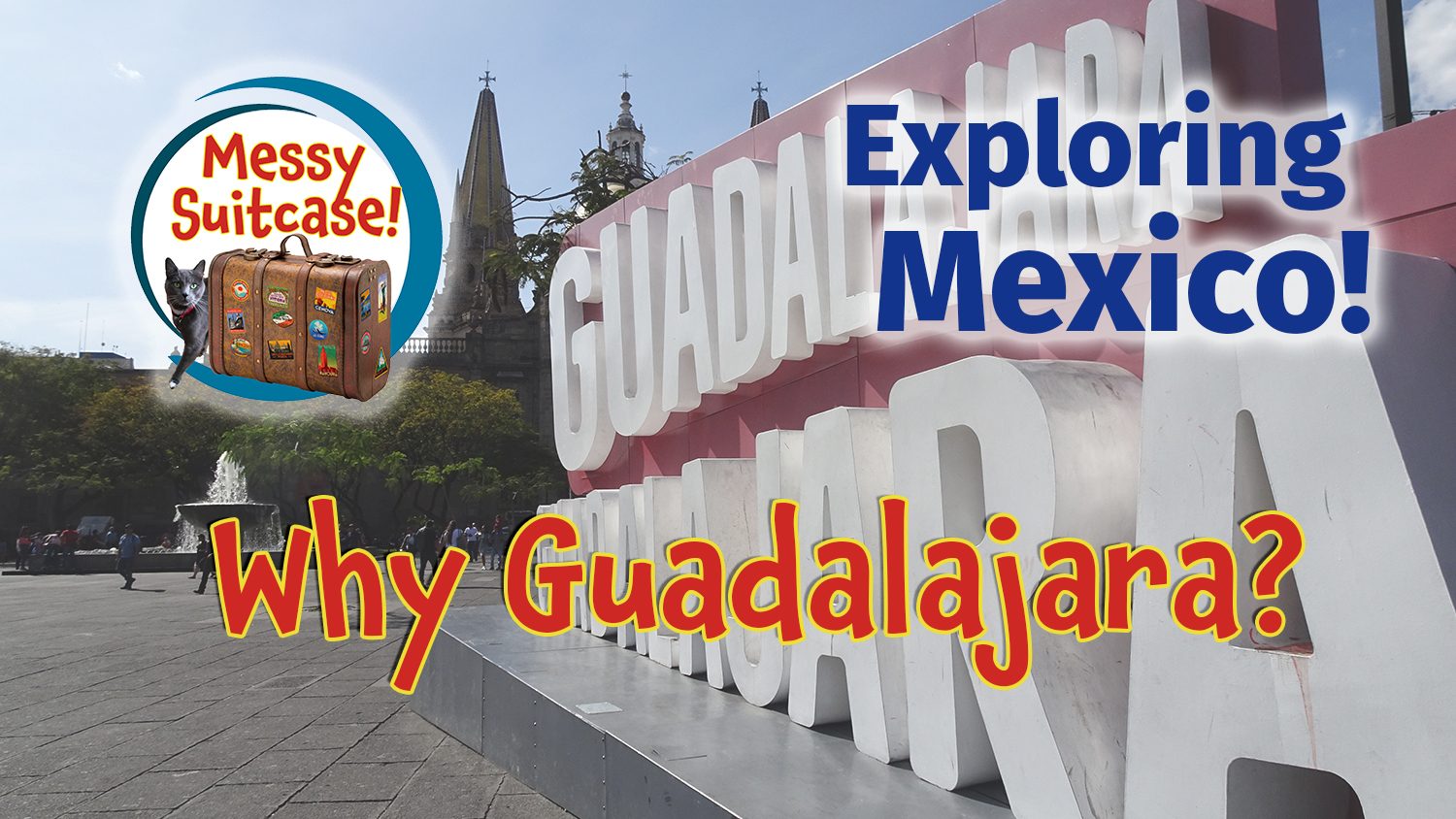Our Favorite Restaurants Around the Island
Although we have encouraged a sense of adventure and experimentation with cuisine, we also understand that your time on the island of Puerto Rico is limited, and you might want to be pointed toward some proven winners. So here are Messy Suitcase’s recommendations for the best places we have eaten on the island. But remember, everyone has different taste!
Food Truck Parks
San Juan: Miramar Food Truck Park
This park in a chic urban neighborhood has an excellent beer place, Greek, Chinese/Latin fusion, vegan, frappes, Mexican, and more. On weekends, enjoy live music.
Info: facebook.com/MiramarFoodTruckPark
Map: 1006 Ave. Ponce de Leon 00907 San Juan, Puerto Rico
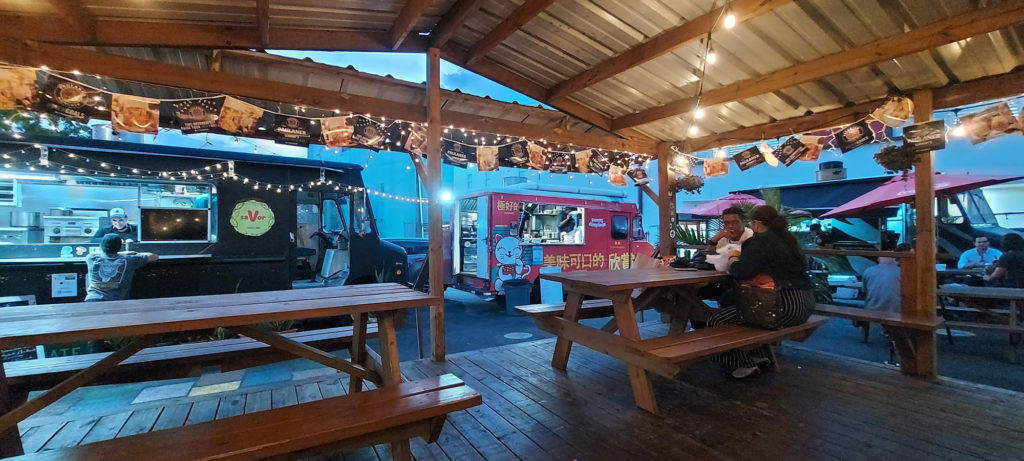
Luquillo: Playa La Pared
Food trucks set up shop on weekend nights across from the beach at La Pared in Luquillo. There are only two or three, including the taco truck Mi Parcela, but they are excellent.
Info: No website
Map: Calle Herminio Diaz Navarro, Luquillo, Puerto Rico

Rio Grande: Pa’l Yunque Food Park
We found this on the way home from hiking El Yunque. I enjoyed a falafel while Bob had a burger. The food park was small, accessible, cheap, and delicious. Nice shelter from a rainstorm, too. Perfect end of a hiking day.
Info: facebook.com/palyunquefoodpark/
Map: 40 PR-955 00721 Rio Grande, Puerto Rico
Vieques: Rincon del Sabor
We only ate at the coffee place here, which serves up a good breakfast and the best shakes I have ever had. There are other food trucks with traditional Puerto Rican food, but they were closed due to COVID.
Info: facebook.com/rincondelsaborvqs
Map: Carretera 200 km 0.6, Florida, Vieques, Puerto Rico, 00765
Luquillo: The Kioskos
The Luquillo Kioskos (food kiosks) aren’t a food truck park, but a long row of around 60 family-owned kiosks selling food, drinks, and souvenirs, located on a service road just north of Route 3, near the Luquillo Public Beach. Right behind them is a slightly rundown beach that locals love to hang out in, blasting music and jet skiing. Tourists often get it confused with Balneario (Pubic Beach) Luquillo, which is just east but still walking distance to the kioskos for lunch.
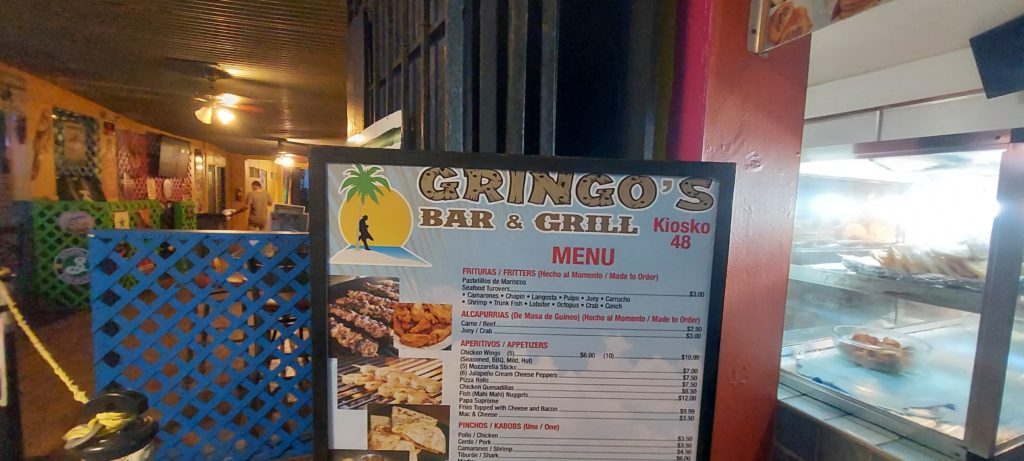
The kioskos themselves are pretty rundown and some are closed, but don’t let their appearance discourage you from having a truly Puerto Rican dining experience. Most have outdoor dining in the rear with views of the Atlantic Ocean. Avoid overrated La Parrilla Restaurant on the west end, which attracts diners with its large parking lot and aggressive advertising, but provides nothing special in service, ambiance, or food quality. Our favorite restaurant here is Revolution Pizza.
Info: puertoricodaytrips.com/luquillo-kiosks
Map: goo.gl/maps/4rkEoCWX2h22zduJ9
Restaurants
Here are some favorites from around the island.
Aguadilla: Cinco
Creative Caribbean Cuisine, served up in a stylish atmosphere. Pricy and elegant, with excellent cocktails. The menu is unique and the food is delicious. You would find a place like this on New York’s Upper East Side.
Info: facebook.com/cincorestaurant/
Map: KM. 9.2 PR-110, Aguadilla Pueblo, Aguadilla 00603
Fajardo: Las Vistas Cafe at Las Croabas
This restaurant served up the best meal I had in eastern Puerto Rico. Get reservations, as it’s very popular and COVID careful, even though you are dining on a rooftop with 360° views of Las Croabas Bay, Seven Seas Beach, and the islands of Vieques and Culebra. The owner, Gladys, treats every customer like her best friend. The food is exquisite. Breakfast, lunch,nd brunch only.
Info: lasvistascafepr.com/
Map: goo.gl/maps/uVZ2jgMv7EFj7a138
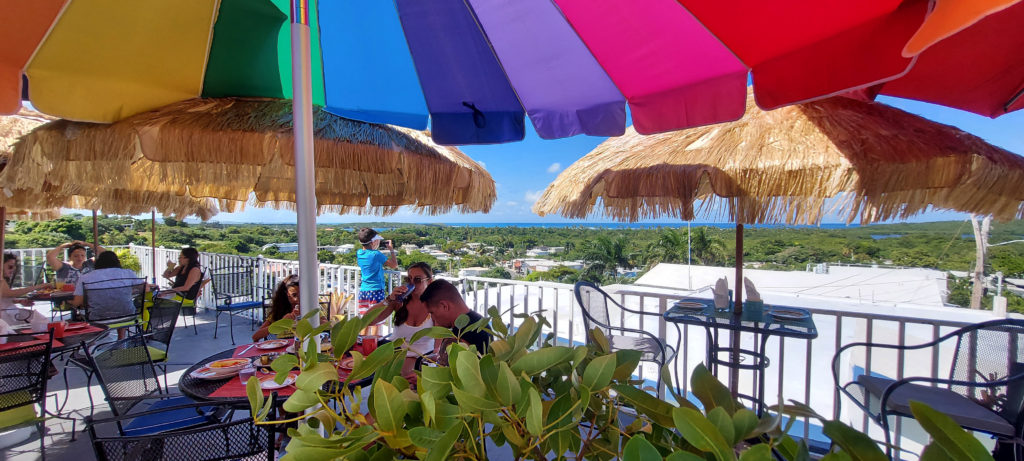


Condado: Pinky’s
This is a lovely little breakfast discovery but forget about getting in on a weekend day. There’s also one on Calle Loiza.
Info: facebook.com/Pinkys-112452892183010
Map: 1351 1351 Ashford Ave., Condado, Puerto Rico
Manatí: Pollo Costero BBQ
Another roadside discovery. The friendly, English-fluent proprietor let us pick a la carte whatever looked interesting in the food case, and charged hardly anything. The rotisserie chicken was mouthwatering; we speculated it could be as fresh as the chicken roadkill we had seen on the way there. (Just kidding.)
Info: facebook.com/pollocosterobbq
Map: Carretera 685 00674 Manati, Puerto Rico
Cabo Rojo: Annie’s Place
Who cares if the food is any good? Which it is, but that’s not the point. The location right next to glorious Combate Beach is the bomb, and the sunsets are not to be believed. The menu is seafood, seafood, and more seafood, with the choice of the same sauces we saw at every other seafood restaurant. The drinks are great. Did I mention the spectacular sunsets?
Info: facebook.com/Annies-Place-Combate-Beach-Cabo-Rojo-1552167661708533/
Map: Playa El Combate Beach, PR-3301, Boquerón, 00622
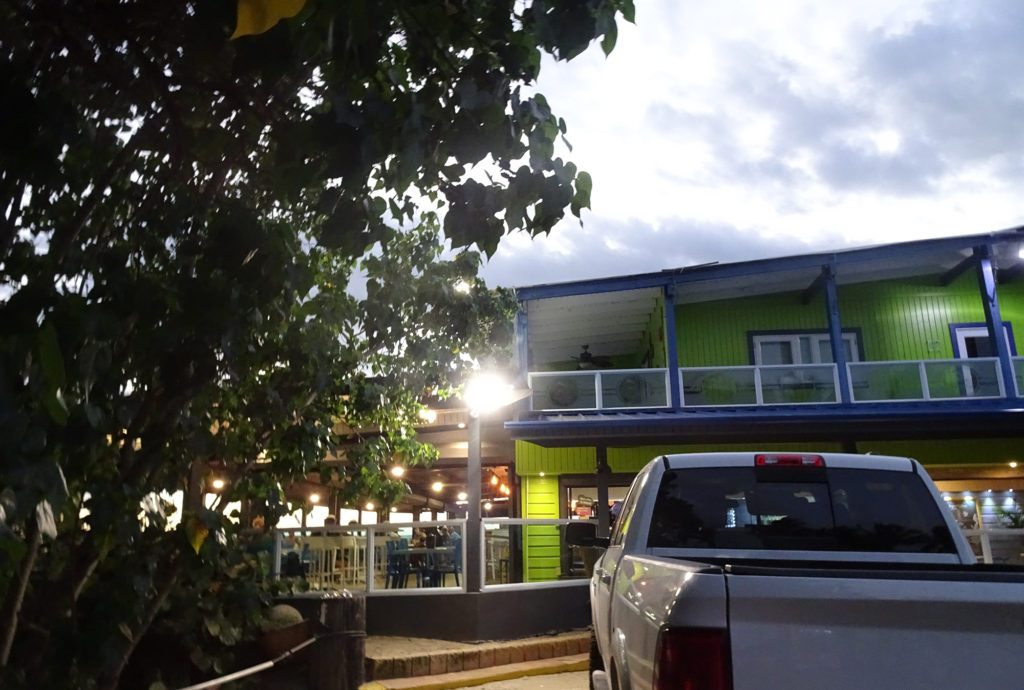
Cabo Rojo: Coco Loco BBQ Smokehouse
Great BBQ in an unassuming outdoor setting. One-woman show.
Info: No website.
Map: Carr 102 km 15.9, Cabo Rojo, 00623
Cabo Rojo: El Bohio, Joyuda
Joyuda is a fisherman’s village with a bunch of excellent seafood restaurants to choose from. We chose El Bohio because of its large back deck. Which faces the ocean and provides the best sunset views. A gang of enormous gray fish hangs out in the shallow water right by the ready to jump on food craps the staff throws, which provides excellent entertainment. Families love this place. Probably any restaurant in this town would be excellent.
Info: facebook.com/elbohio.restaurant, puertoricodaytrips.com/joyuda-seafood/
Map: Carretera 102 km.14.1, Cabo Rojo, 00623
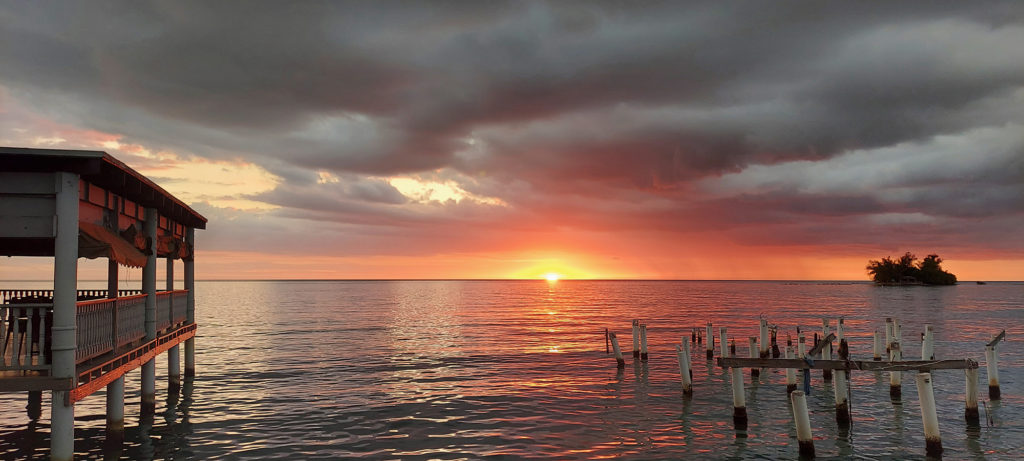
Luquillo: Boardriders Surf Bar and Grill
This was our favorite restaurant while living in Luquillo. It provides two levels of outdoor seating, all with views of the crashing surf at La Pared Beach. Expect excellent passion fruit mojitos, healthy vegetarian options, and really friendly staff. Live entertainment on the weekends features sounds of roots, reggae, jazz, rumba, and more.
Info: boardriderssurfbar.com/
Map: US, 25 Calle Miguel Veve Calzada, Luquillo, 00773
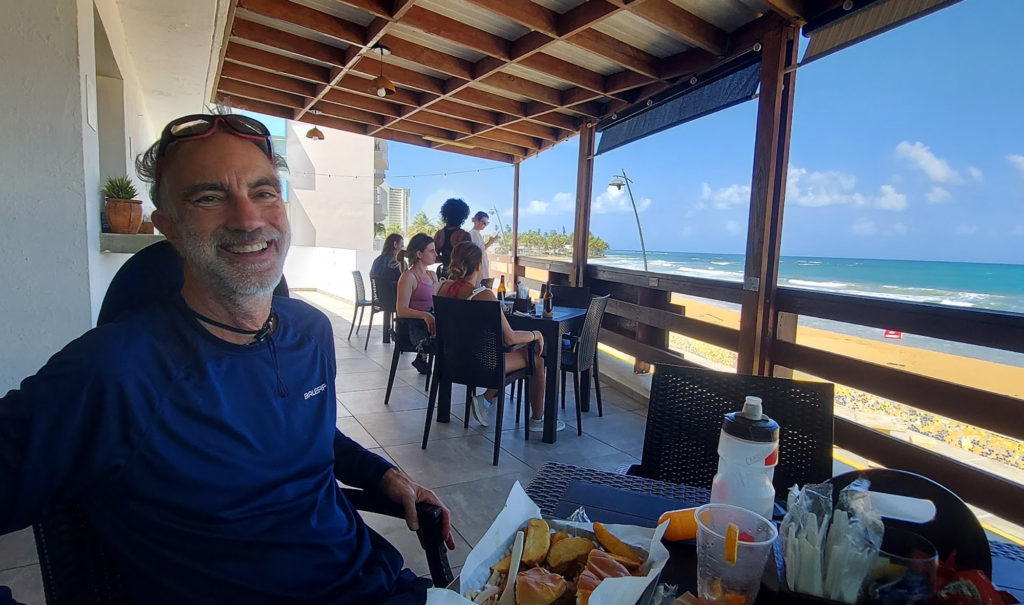
Culebra: Dinghy Dock Restaurant
This popular place right on the water offers up outstanding Bushwhackers and excellent American food. It’s popular; come early or be prepared to wait in line.
Info: facebook.com/Dinghy-Dock-Culebra-970553193101653
Map: 372 Calle Fulladoza 00775 Culebra, Puerto Rico

Up next … Finding New York-Quality Pizza in Puerto Rico
The rest of the series:


